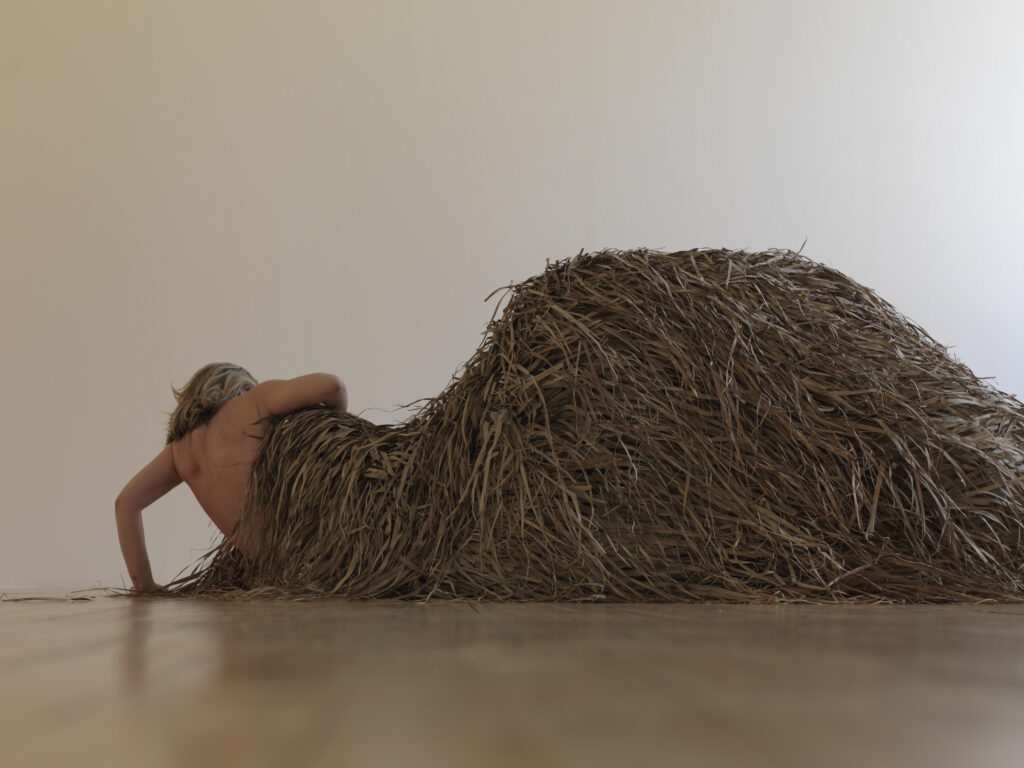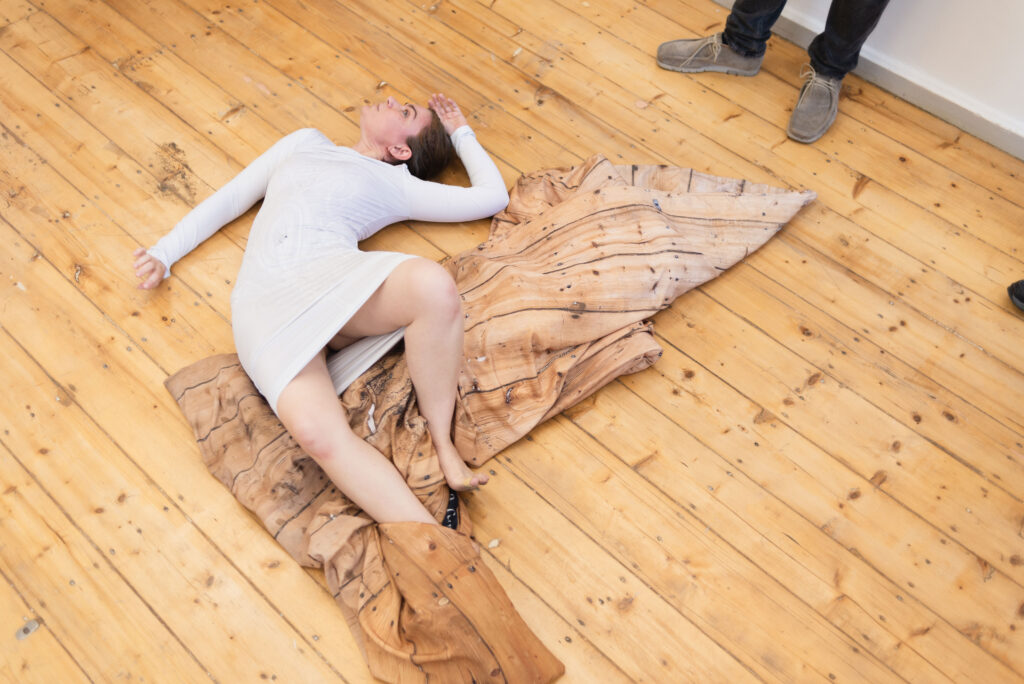2022
- ×
- ×
- ×
- ×
- ×
- ×
YOYI! Care, Repair, Heal
at Gropius Bau, Berlin (16/9/22 - 15/1/23)
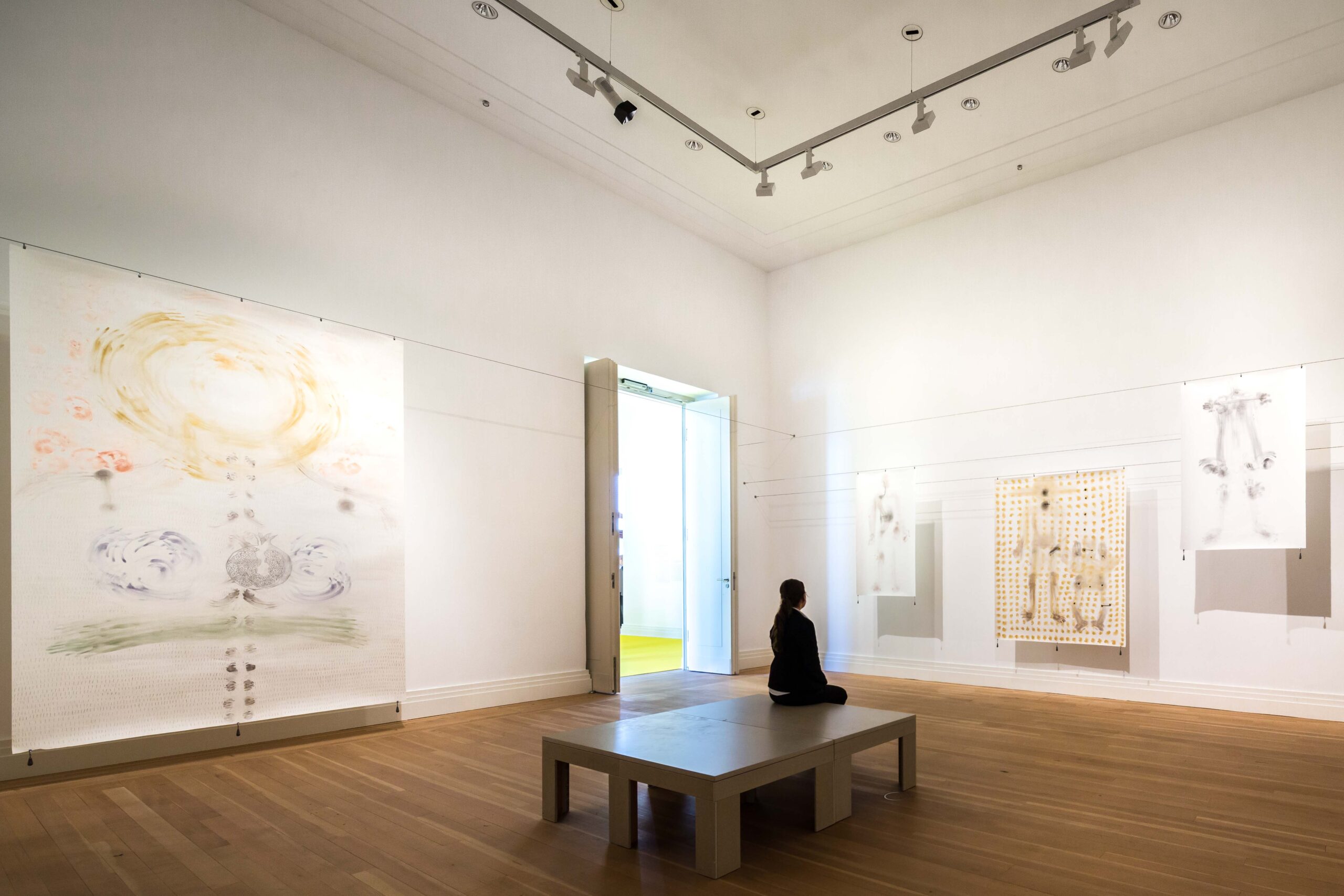
Installation view YOYI! Care, Repair, Heal , 2022 Georgia Sagri: Inhale and Exhale with the mouth turned arms, Treatment 28 September, 2020 | Breathing (7_1_7) | Treatment, May 18th, 2020 | Windface © Gropius Bau, Photo: Laura Fiorio
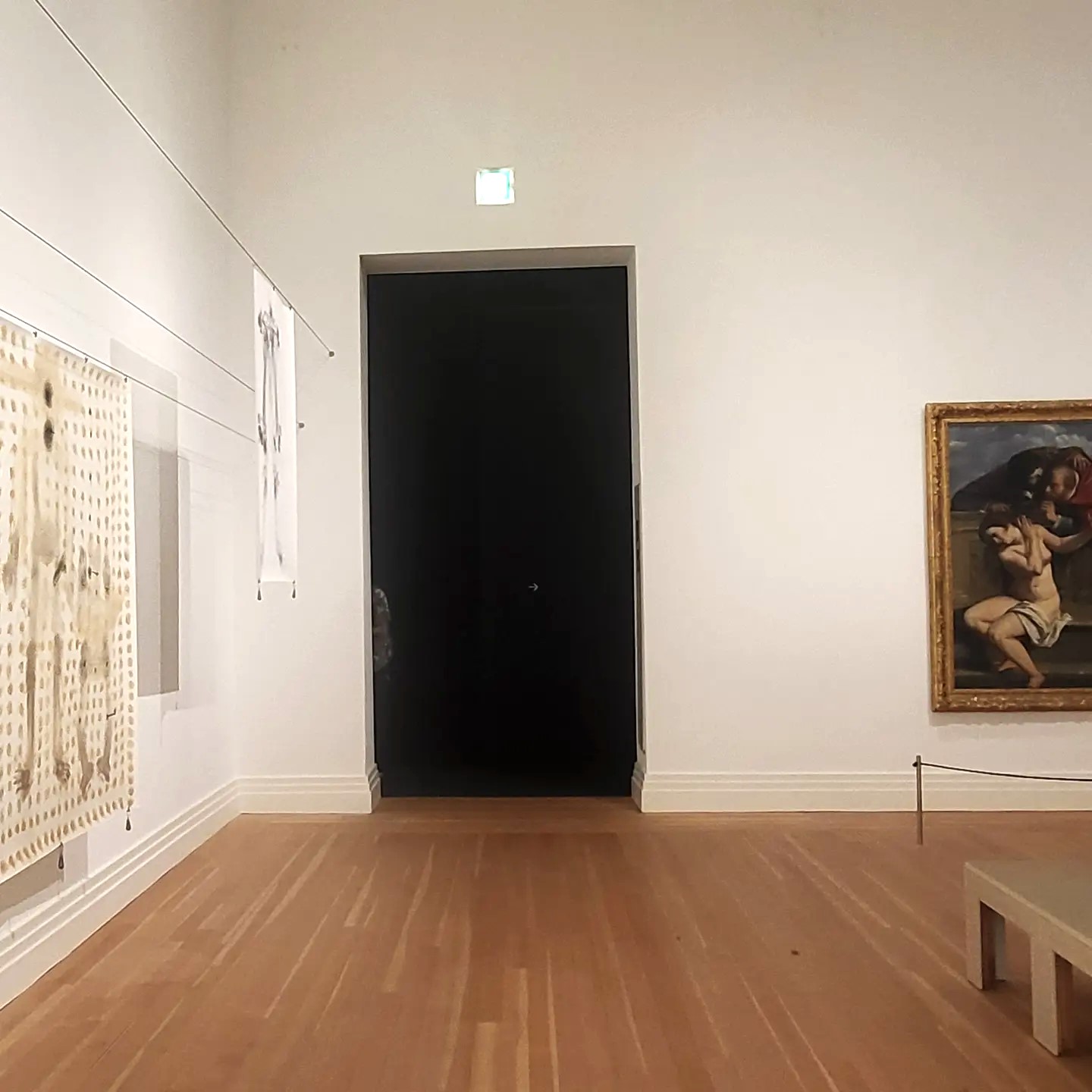
Installation view YOYI! Care, Repair, Heal , 2022 Georgia Sagri: Treatment, May 18th, 2020 | Breathing (7_1_7) | Inhale and Exhale with the mouth turned arms, Treatment 28 September, 2020
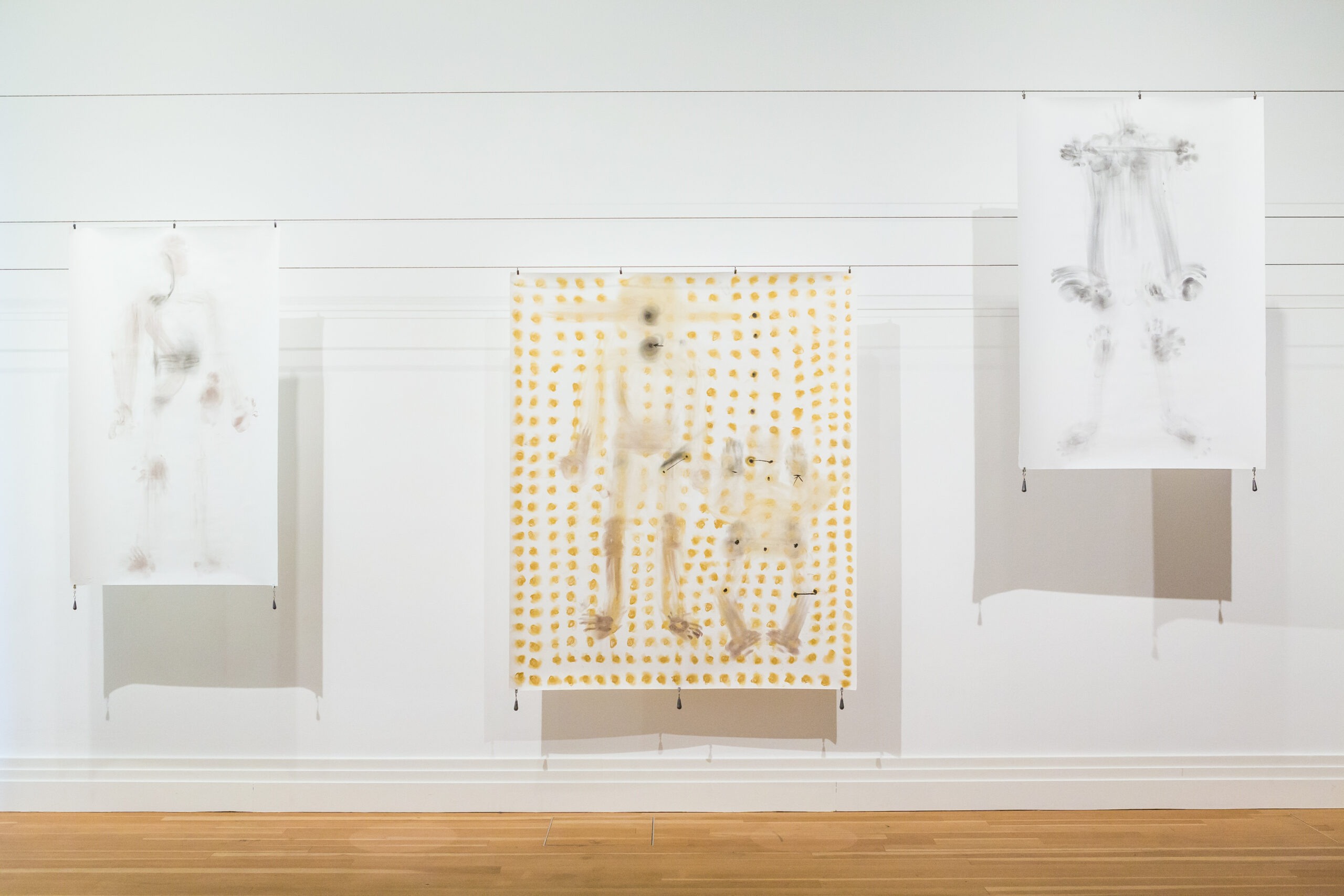
Installation view YOYI! Care, Repair, Heal , 2022 Georgia Sagri: Treatment, May 18th, 2020 | Breathing (7_1_7) | Inhale and Exhale with the mouth turned arms, Treatment 28 September, 2020 © Gropius Bau, Photo: Laura Fiorio
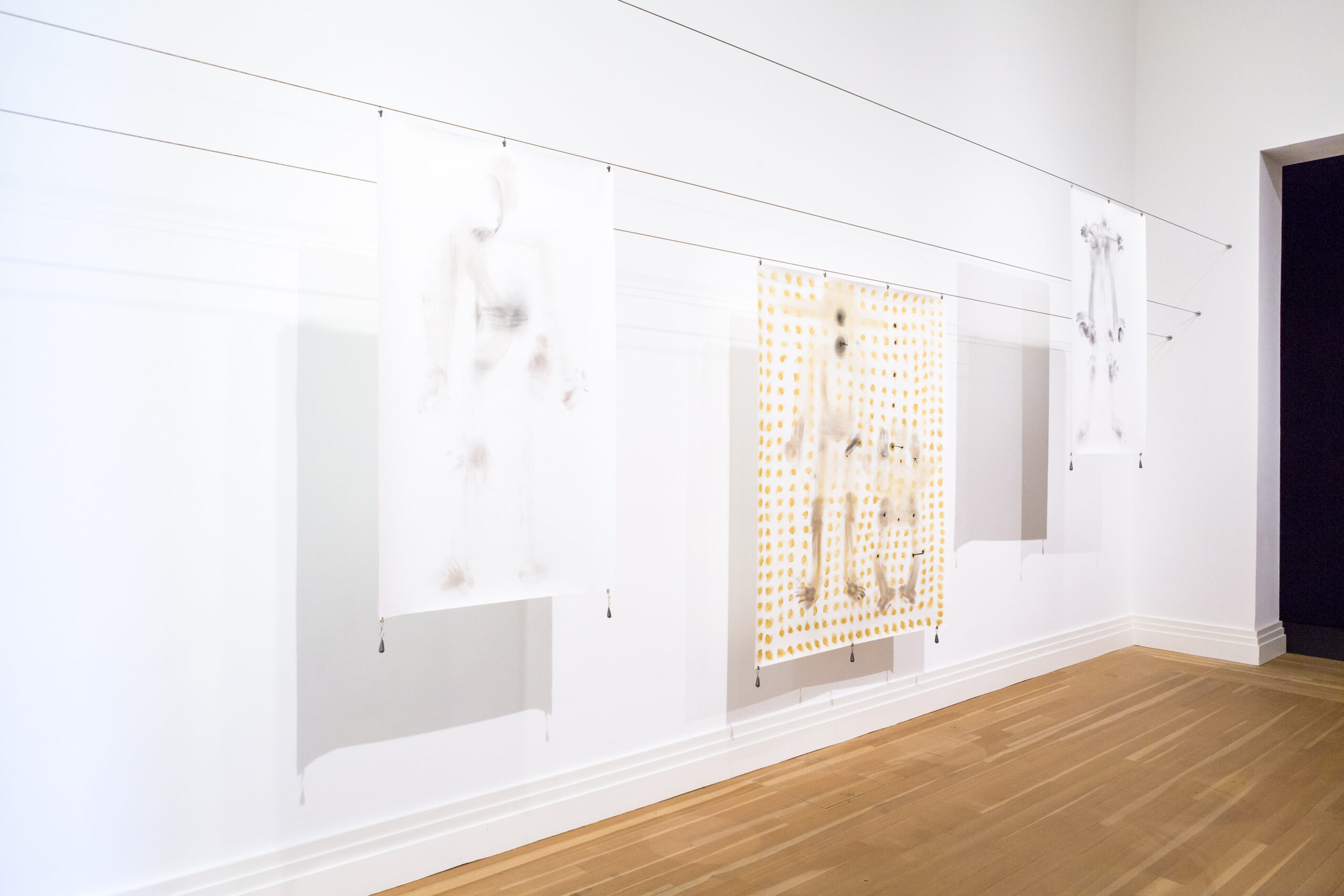
Installation view YOYI! Care, Repair, Heal , 2022 Georgia Sagri: Treatment, May 18th, 2020 | Breathing (7_1_7) | Inhale and Exhale with the mouth turned arms, Treatment 28 September, 2020 © Gropius Bau, Photo: Laura Fiorio
Le Grand désenvoûtement Chapitre 1
at Palais de Tokyo, Paris (9-18/12/22)
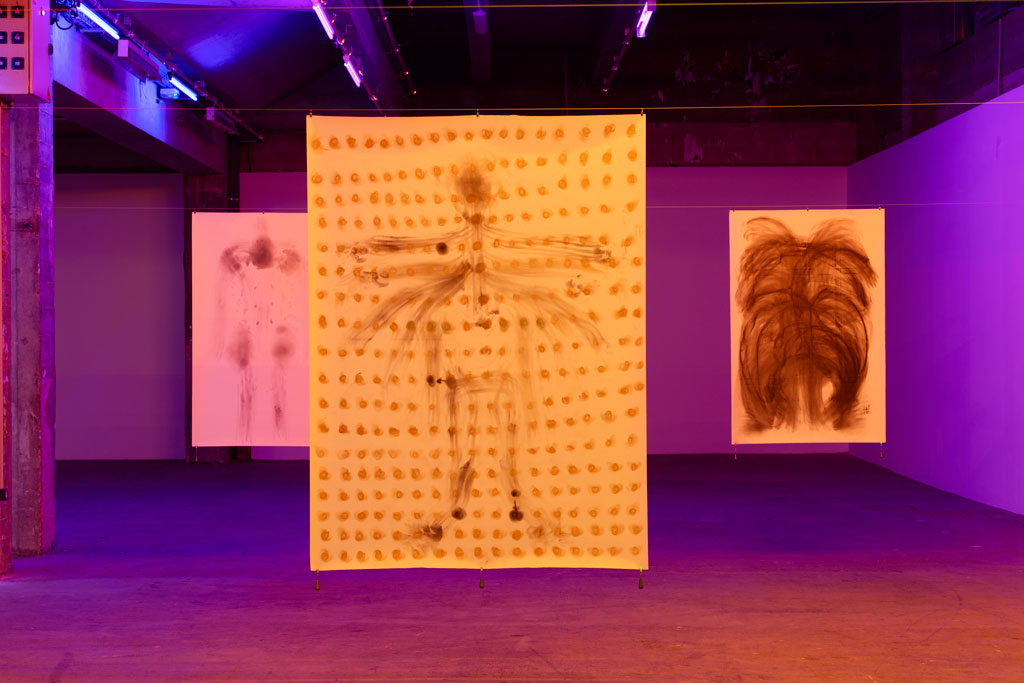
Georgia Sagri, Technique 5_1_5, 7_1_7, 12_1_12, with movement of the arms while focusing on the pain of the shoulder,hips and knees, 2020, & Edith Dekyndt, Radiesthetic Hall, 2008 - ongoing, installation view, Palais de Tokyo, Paris. Photo by Aurelien Mole © Geogria Sagri
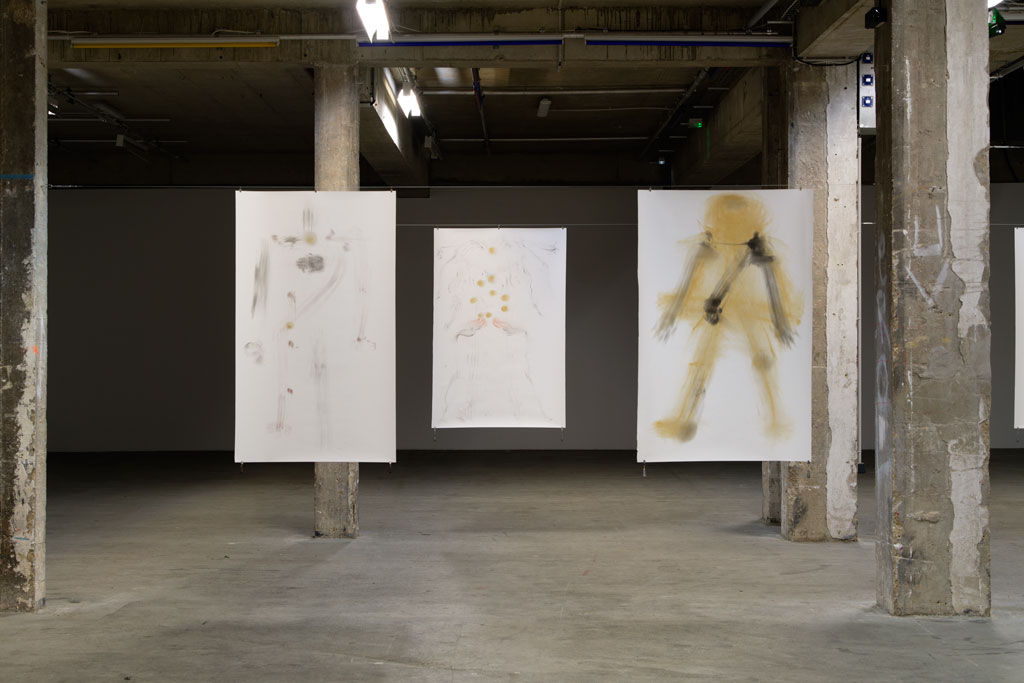
Georgia Sagri, installation view, Palais de Tokyo, Paris. Photo by Aurelien Mole © Geogria Sagri
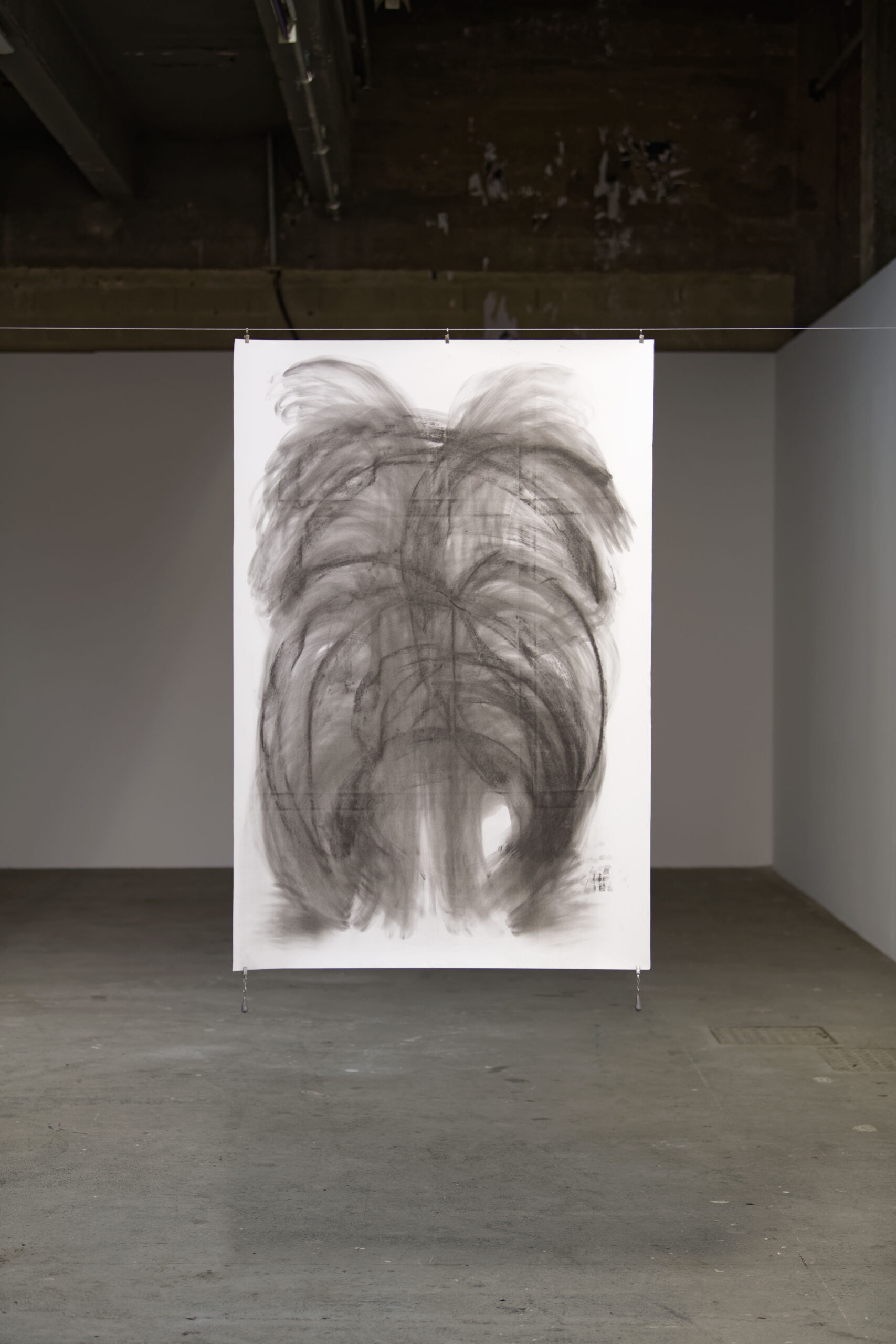
Georgia Sagri, Source, Hands and Arms, 2020, installation view, Palais de Tokyo, Paris. Photo by Aurelien Mole © Geogria Sagri
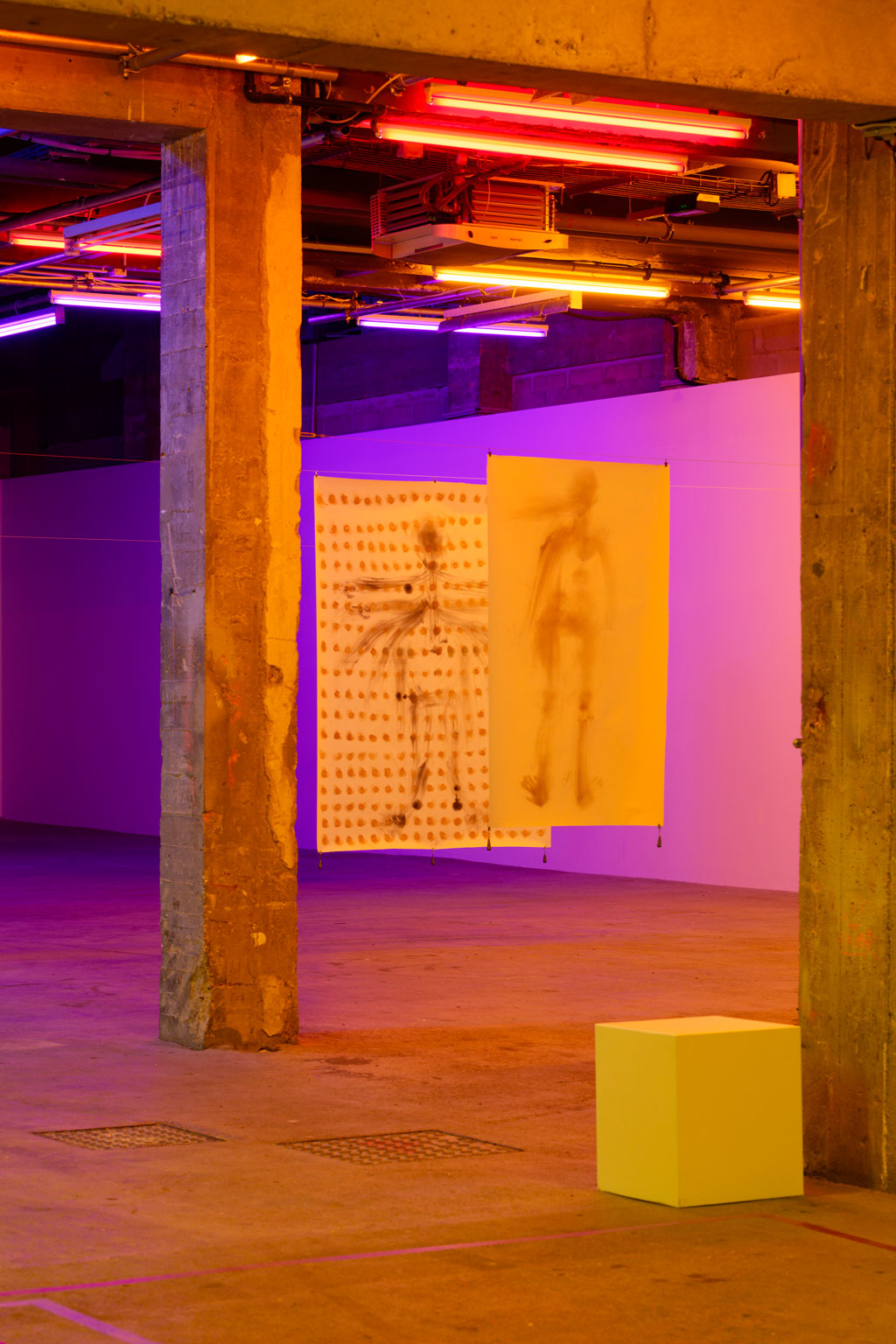
Georgia Sagri & Edith Dekyndt, installation view, Palais de Tokyo, Paris. Photo by Aurelien Mole © Geogria Sagri

Georgia Sagri, installation view, Palais de Tokyo, Paris. Photo by Aurelien Mole © Geogria Sagri
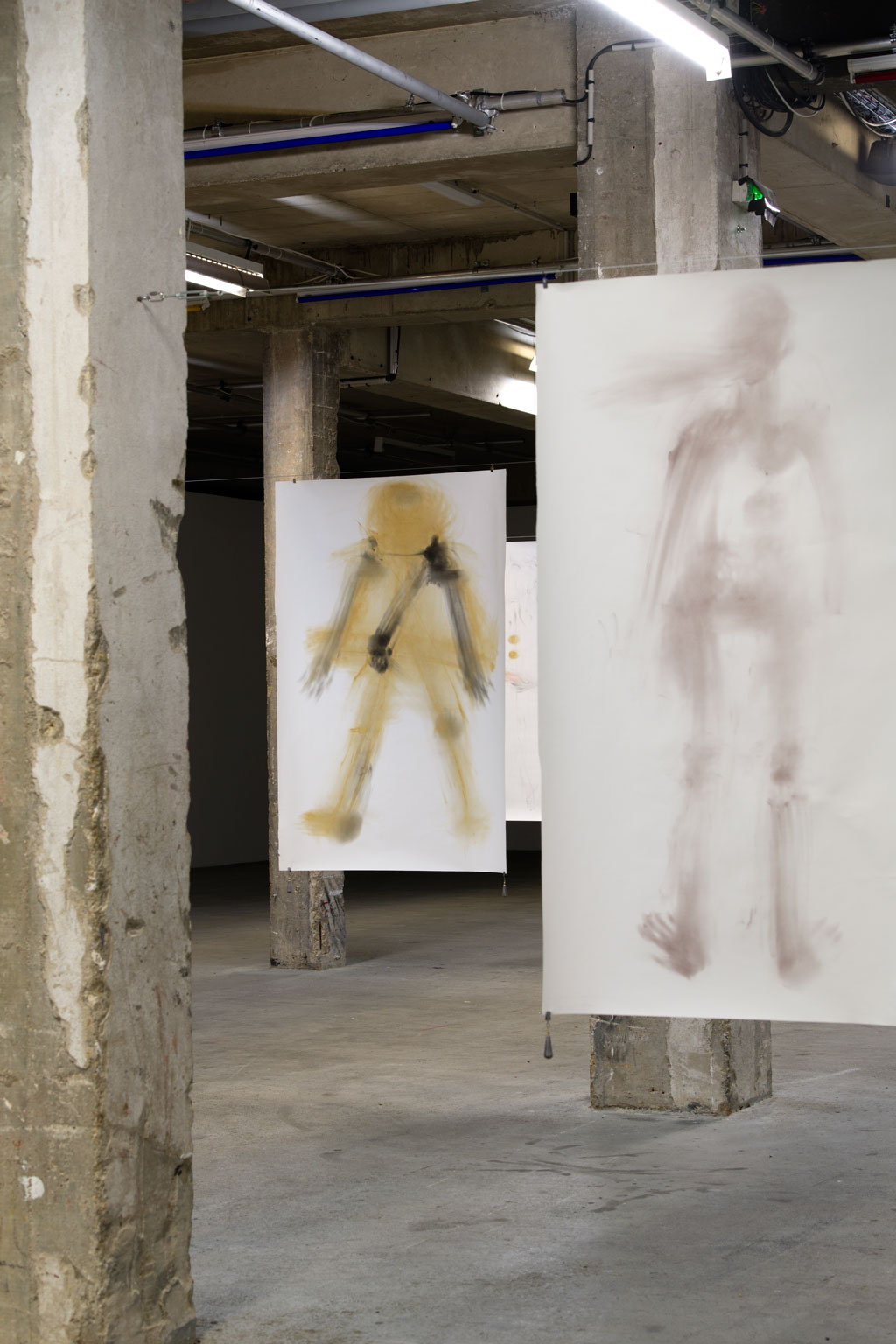
Georgia Sagri, installation view, Palais de Tokyo, Paris. Photo by Aurelien Mole © Geogria Sagri
Antigone Model: Presentation and Discussion with Georgia Sagri
at University of Thessaly, Volos (24/10/22)

'Antigone Model: Presentation and Discussion with Georgia Sagri ' as seen on https://antigones.gr
Prizing Eccentric Talents II
at P.E.T. Projects, Athens (8/6-12/10/22)
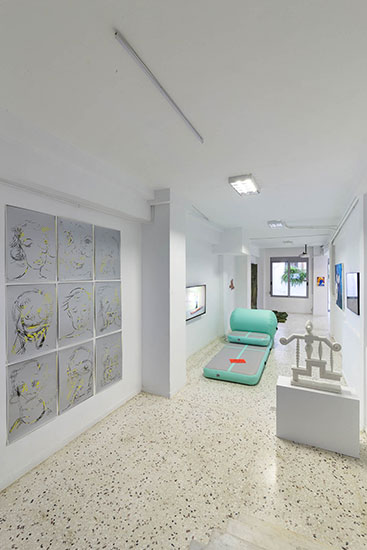
Prizing Eccentric Talents II, installation view, P.E.T. Projects
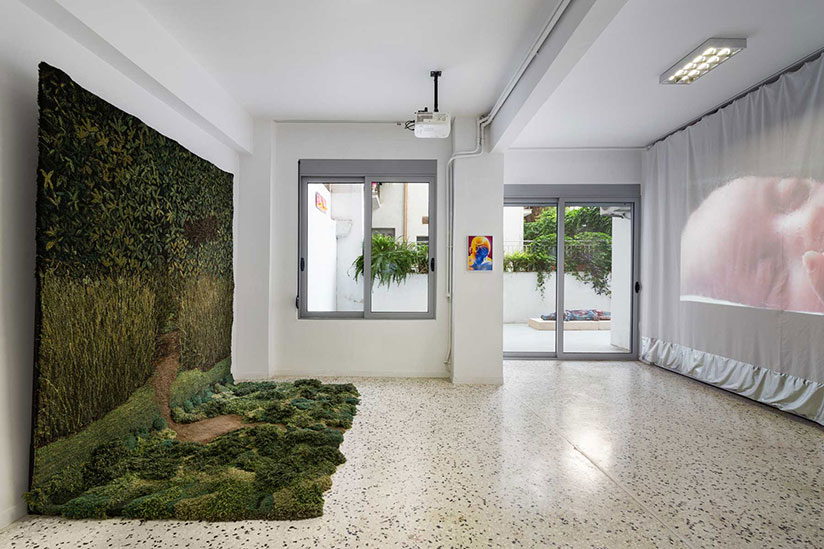
Prizing Eccentric Talents II, installation view, P.E.T. Projects
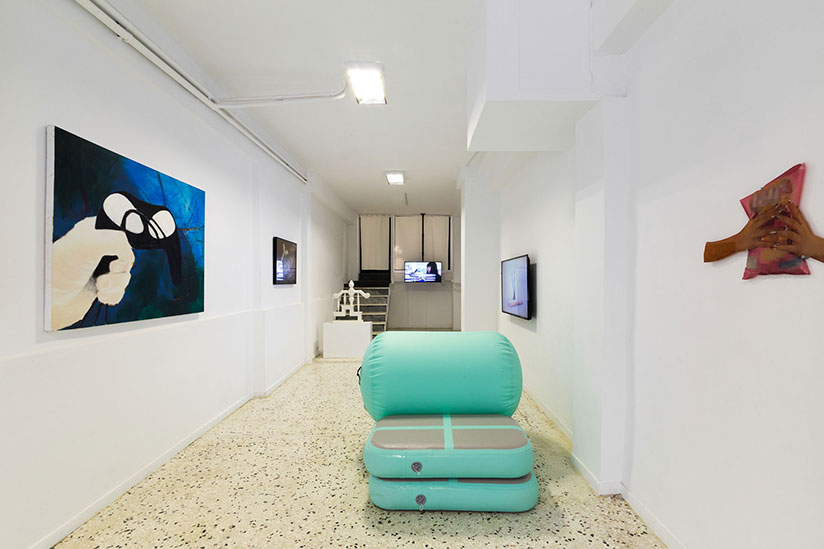
Prizing Eccentric Talents II, installation view, P.E.T. Projects

Prizing Eccentric Talents II, installation view, P.E.T. Projects
Holes Spirals Waves: Three-day Workshop & Talk
at IASPIS, The Swedish Arts Grants Committee, Stockholm (25-28/9/22)
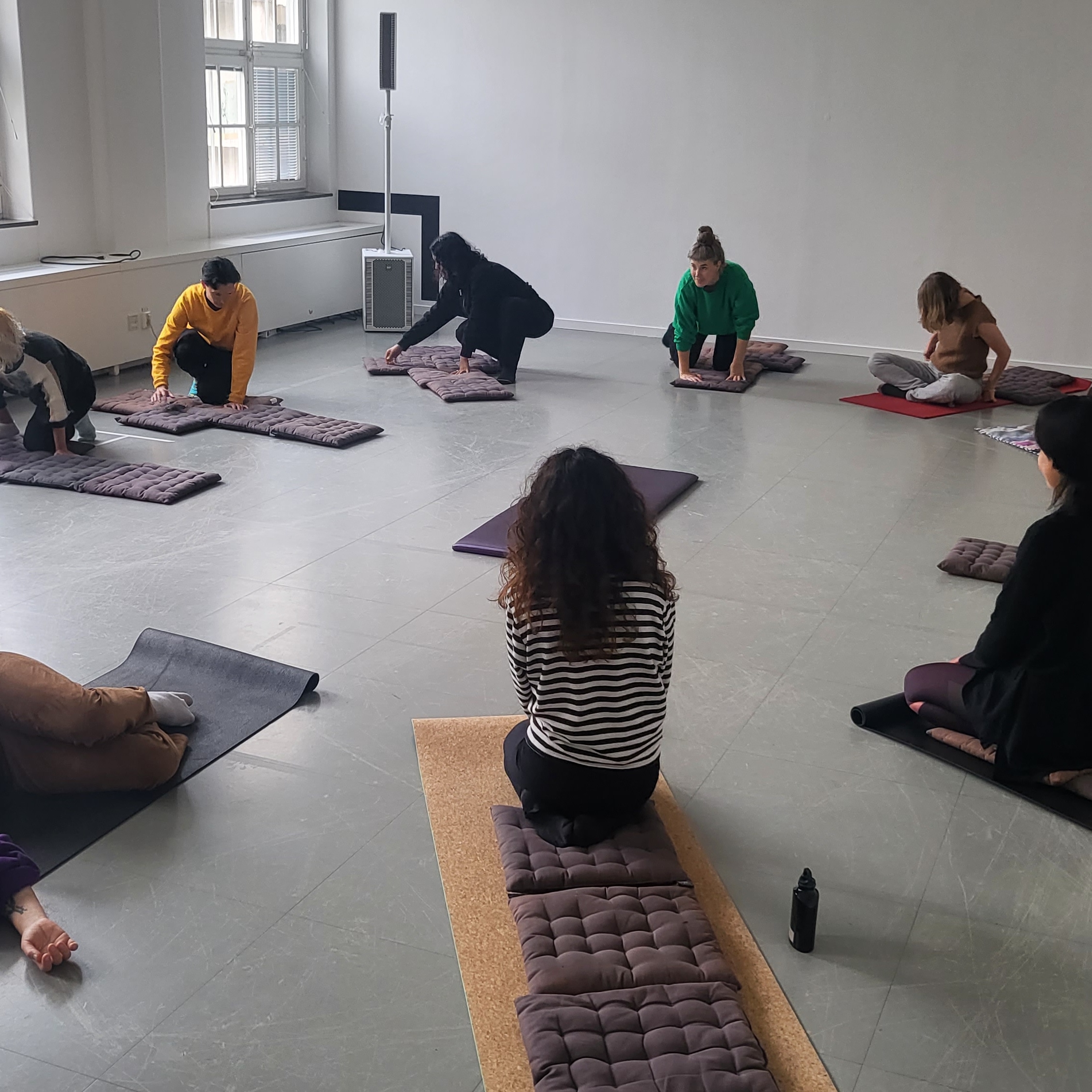
Georgia Sagri,IASI Stage of Recovery three day workshop, Holes Spirals Waves IASPIS, Stockholm
Institute of Artistic Practices 2022
at Tabakalera, San Sebastian (1/6-31/8/22)
Tutors: Ibon Aranberri (artist), Asier Mendizabal (artist and Professor at KKH, Royal Institute of Art of Stockholm), and Itziar Okariz (artist)
Study Committee made up of Catalina Lozano (Chief Curator at Artium Museoa), Oier Etxeberria (Head of Public Programmes and curator at Tabakalera International Center for Contemporary Culture), and the three aforementioned tutors.
The proposed mechanics are designed to encourage each guest artist to offer a unique vision of his/her own creative processes. A question is posed to all guest teachers as a frame for their proposal which serves as a definition of the program: Which practical knowledge that informs your practice can you share with others? This brings the methodology of the programme close to the relationships that are created in the workshop space, in the specific practices that are carried out in each moment and situation and not in a theoretical procedure. Said methodology will be put into practice by means of exercises, workshops, and other ad hoc meetings.
↓
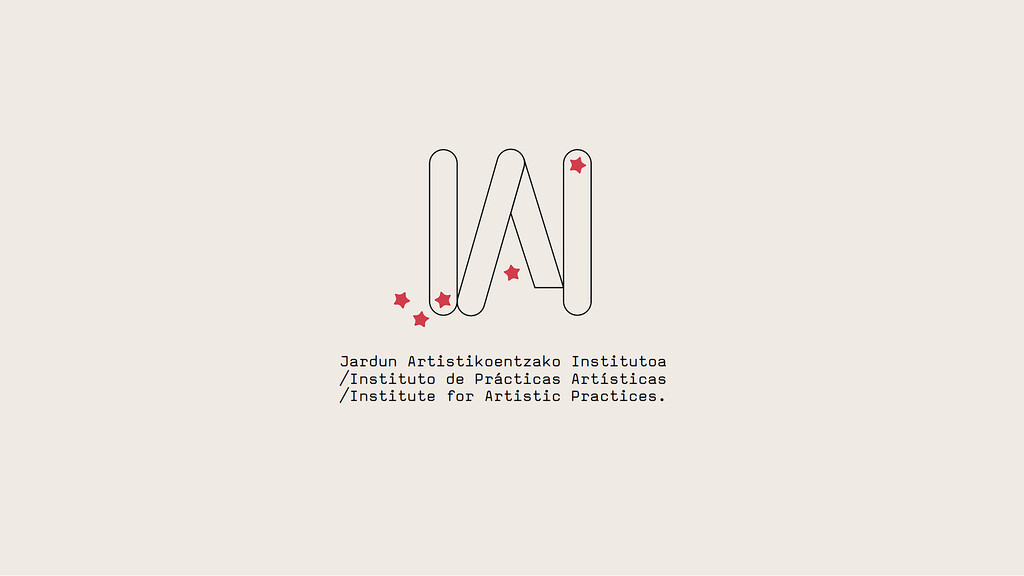
Institute of Artistic Practices 2022 at Tabakalera, Spain
Case_L
Kunsthalle Friart, Fribourg (10/6-31/7/22)
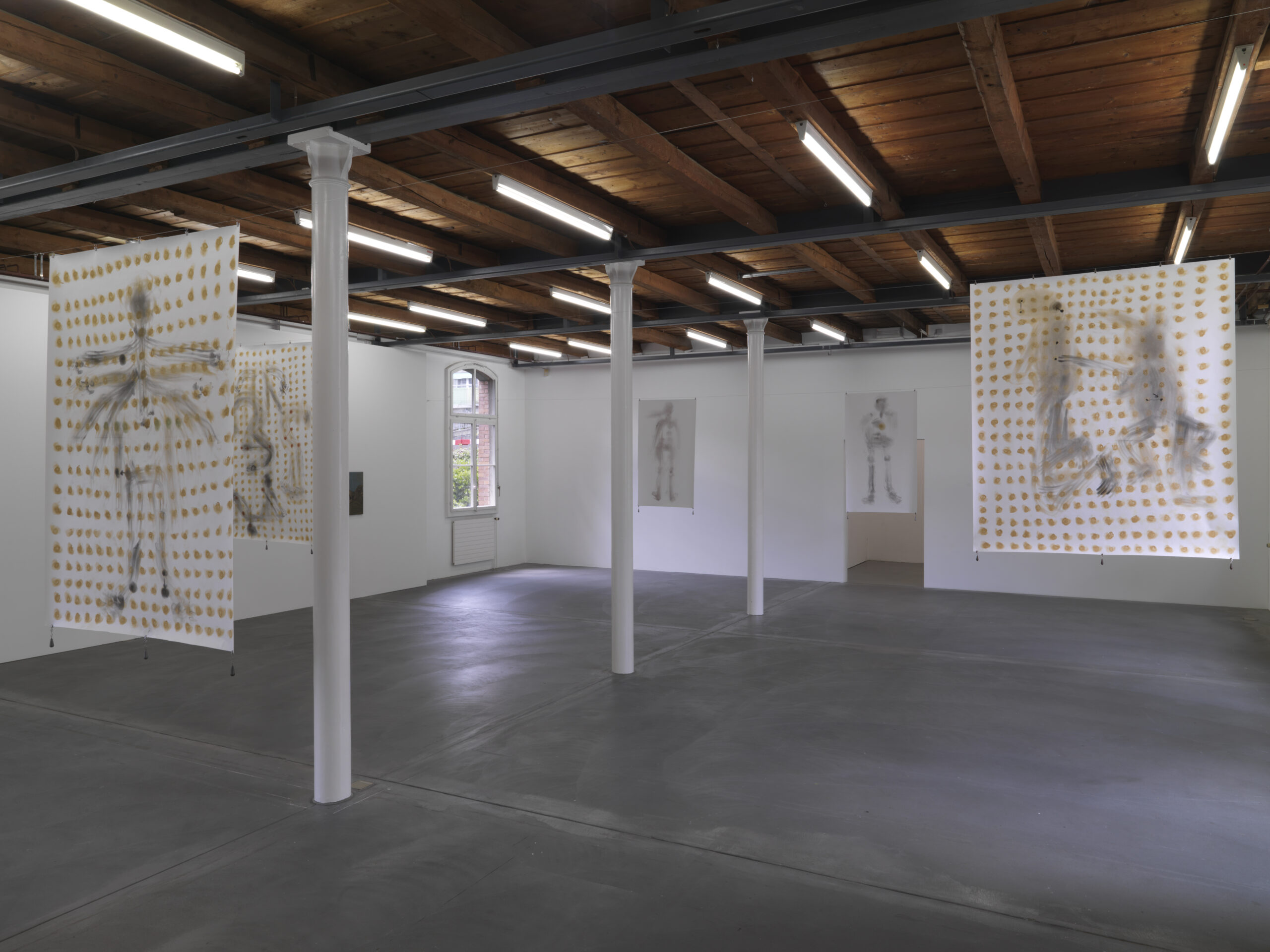
Case_L, installation view, Kunsthalle Friart, Fribourg. Photo by Stathis Mamalakis ©Georgia Sagri
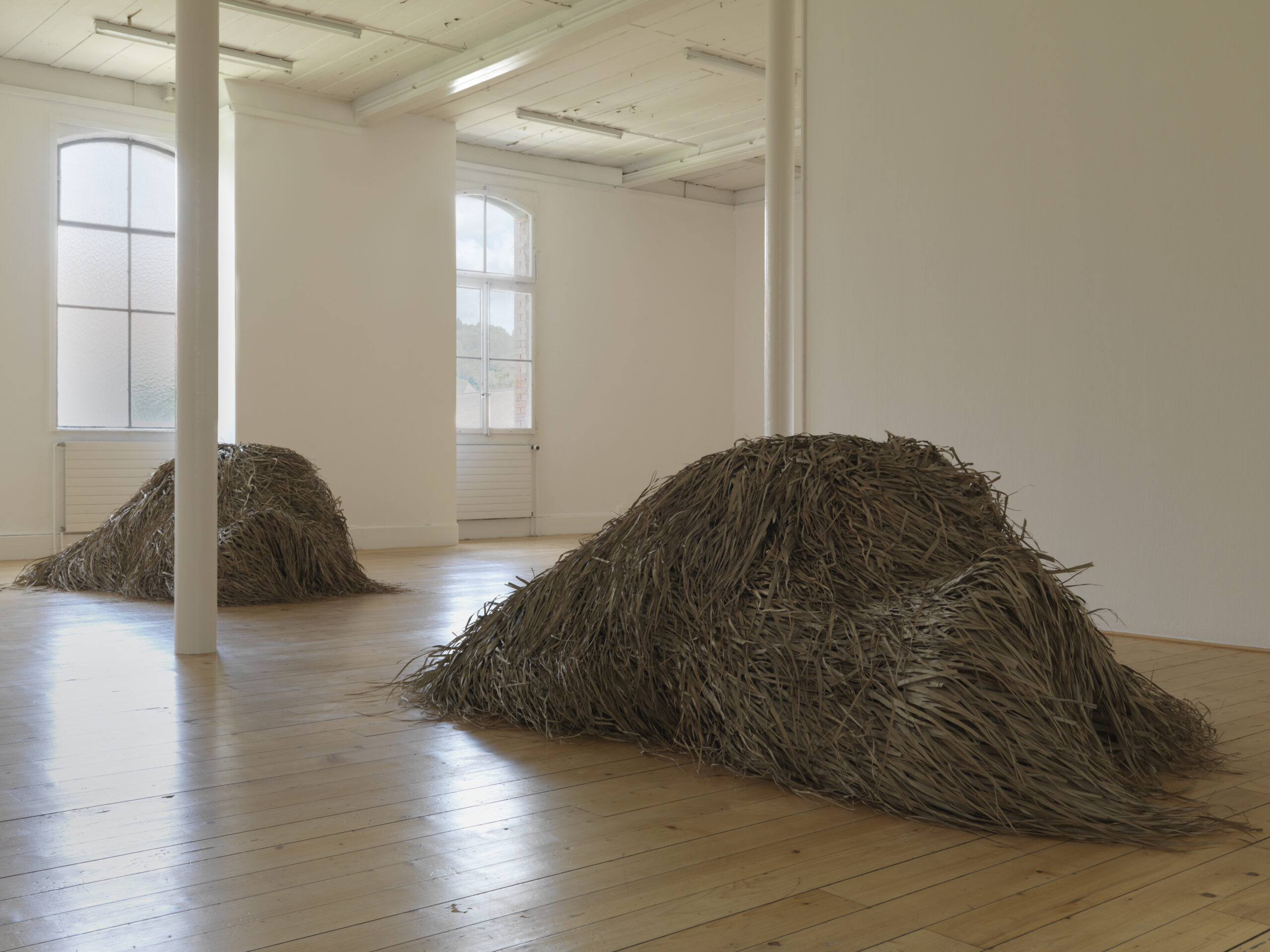
Case_L, installation view, Kunsthalle Friart, Fribourg. Photo by Stathis Mamalakis ©Georgia Sagri
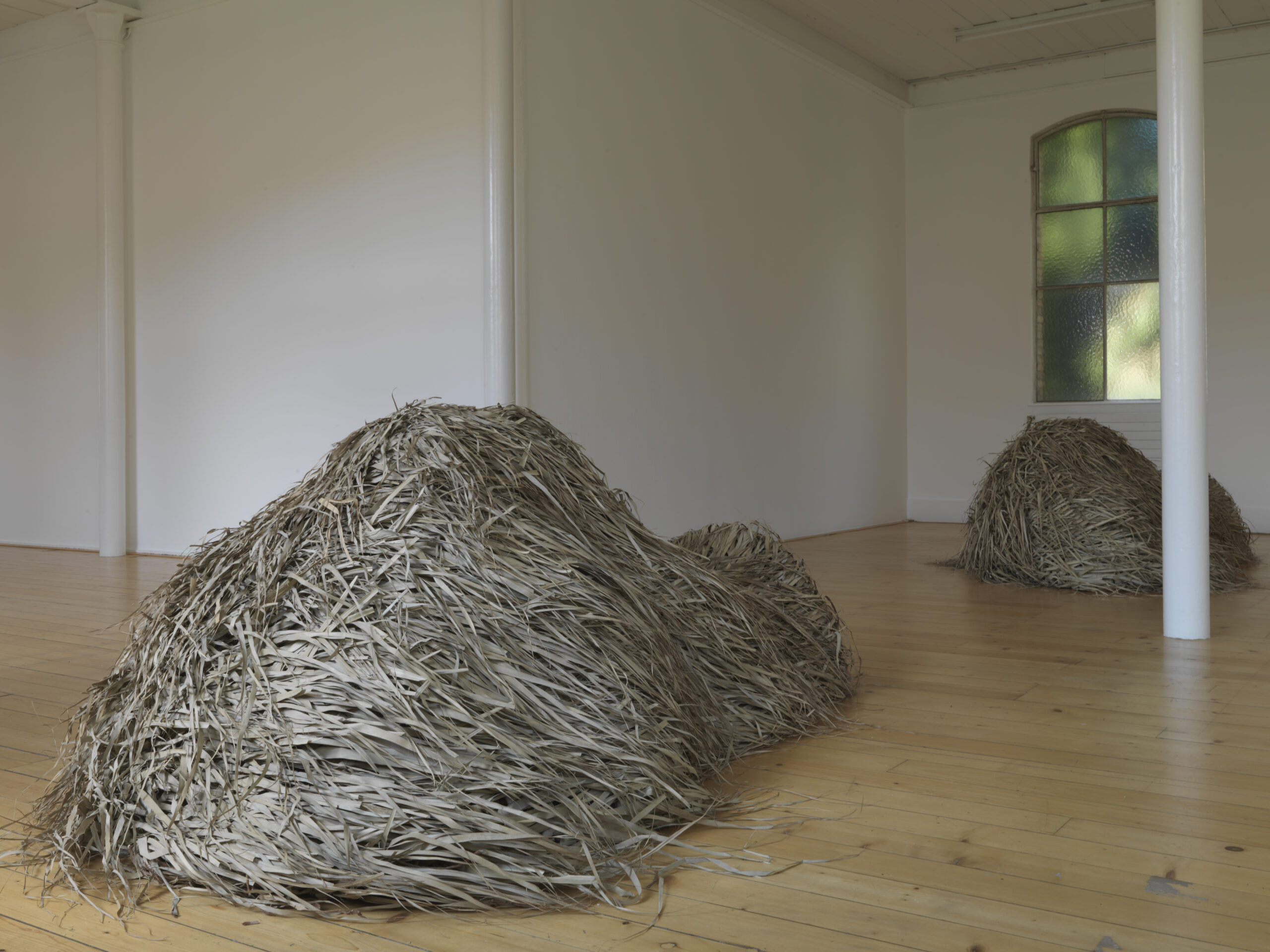
Case_L, installation view, Kunsthalle Friart, Fribourg. Photo by Stathis Mamalakis ©Georgia Sagri
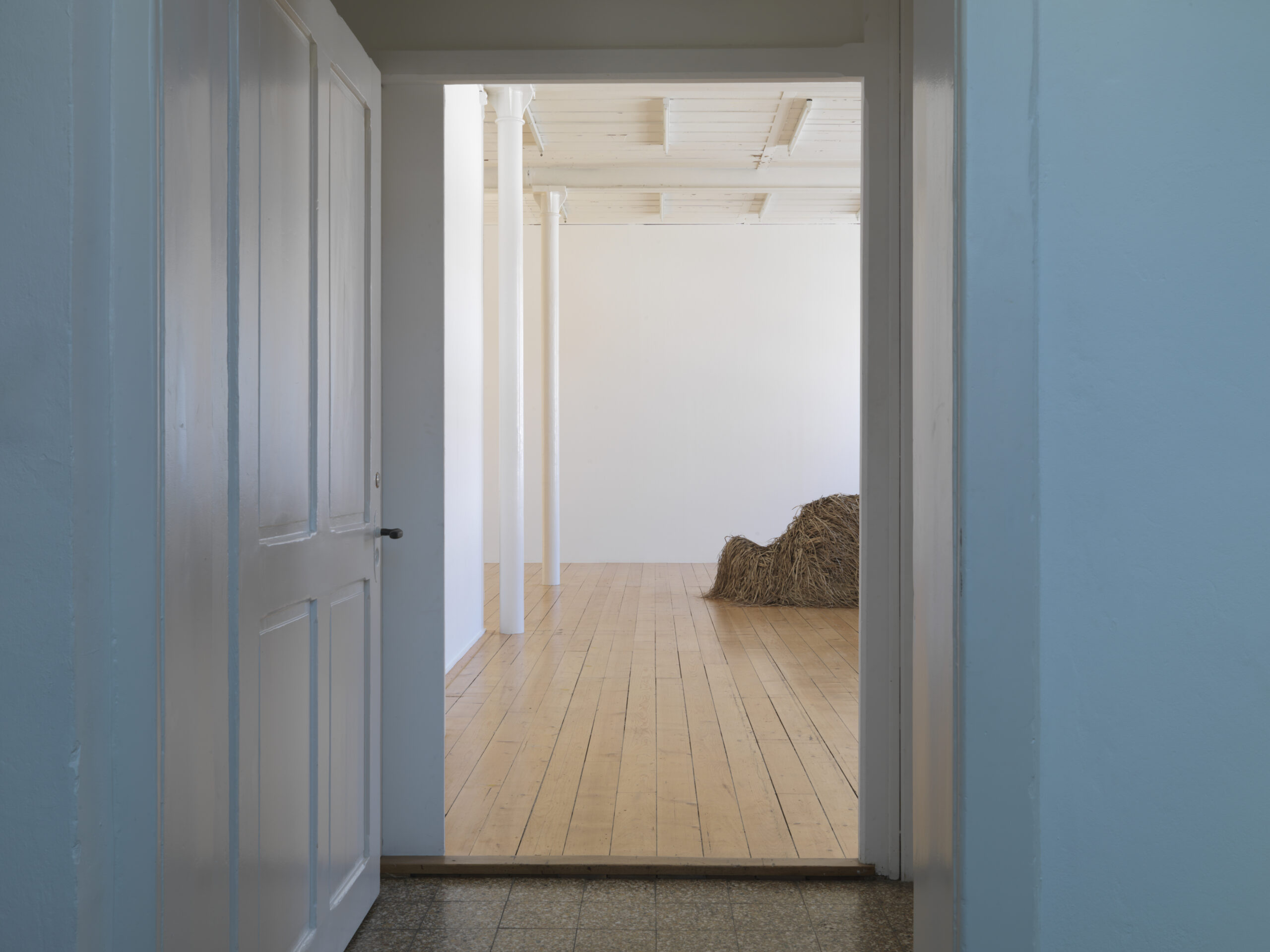
Case_L, installation view, Kunsthalle Friart, Fribourg. Photo by Stathis Mamalakis ©Georgia Sagri
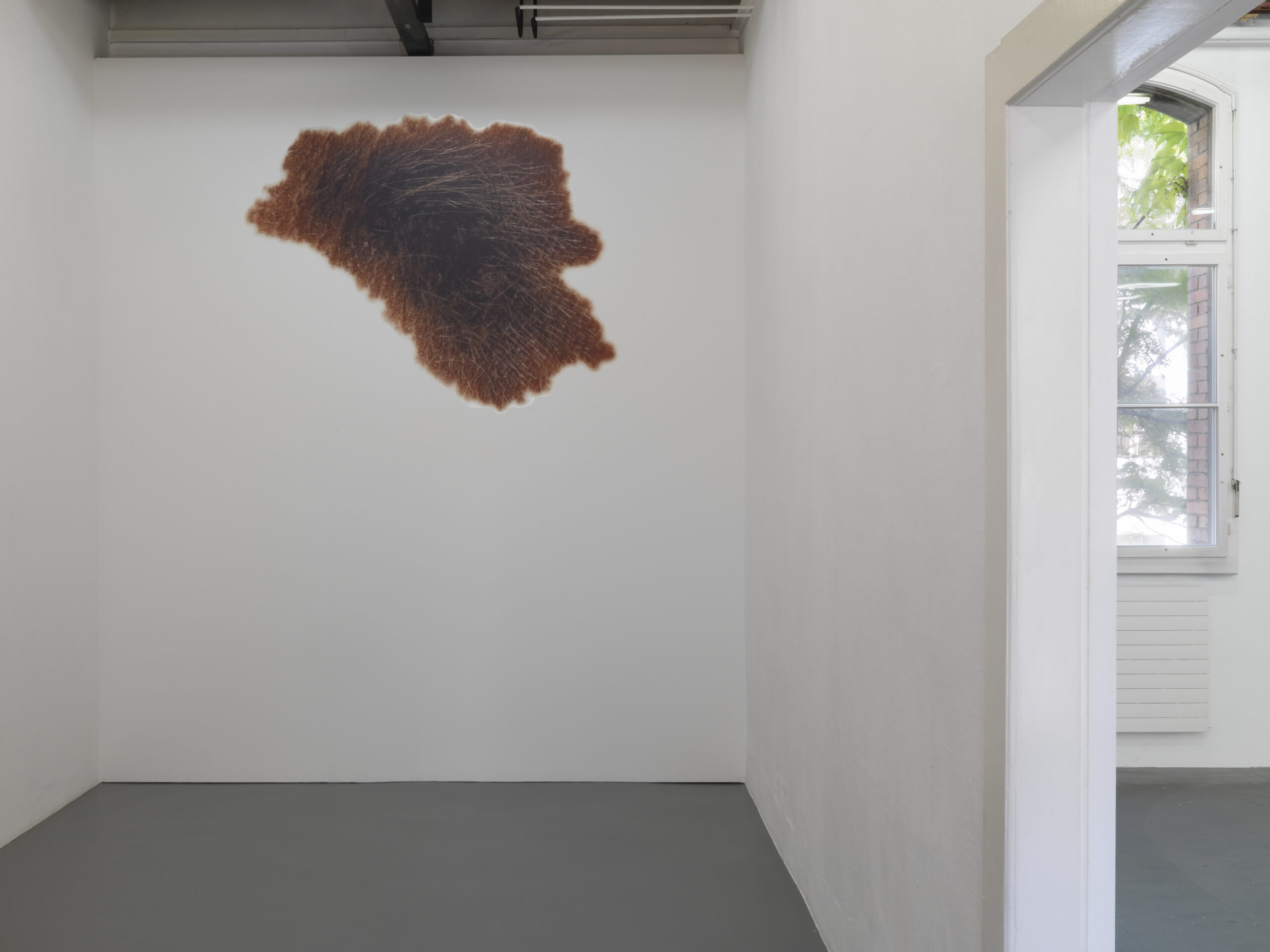
Case_L, installation view, Kunsthalle Friart, Fribourg. Photo by Stathis Mamalakis ©Georgia Sagri
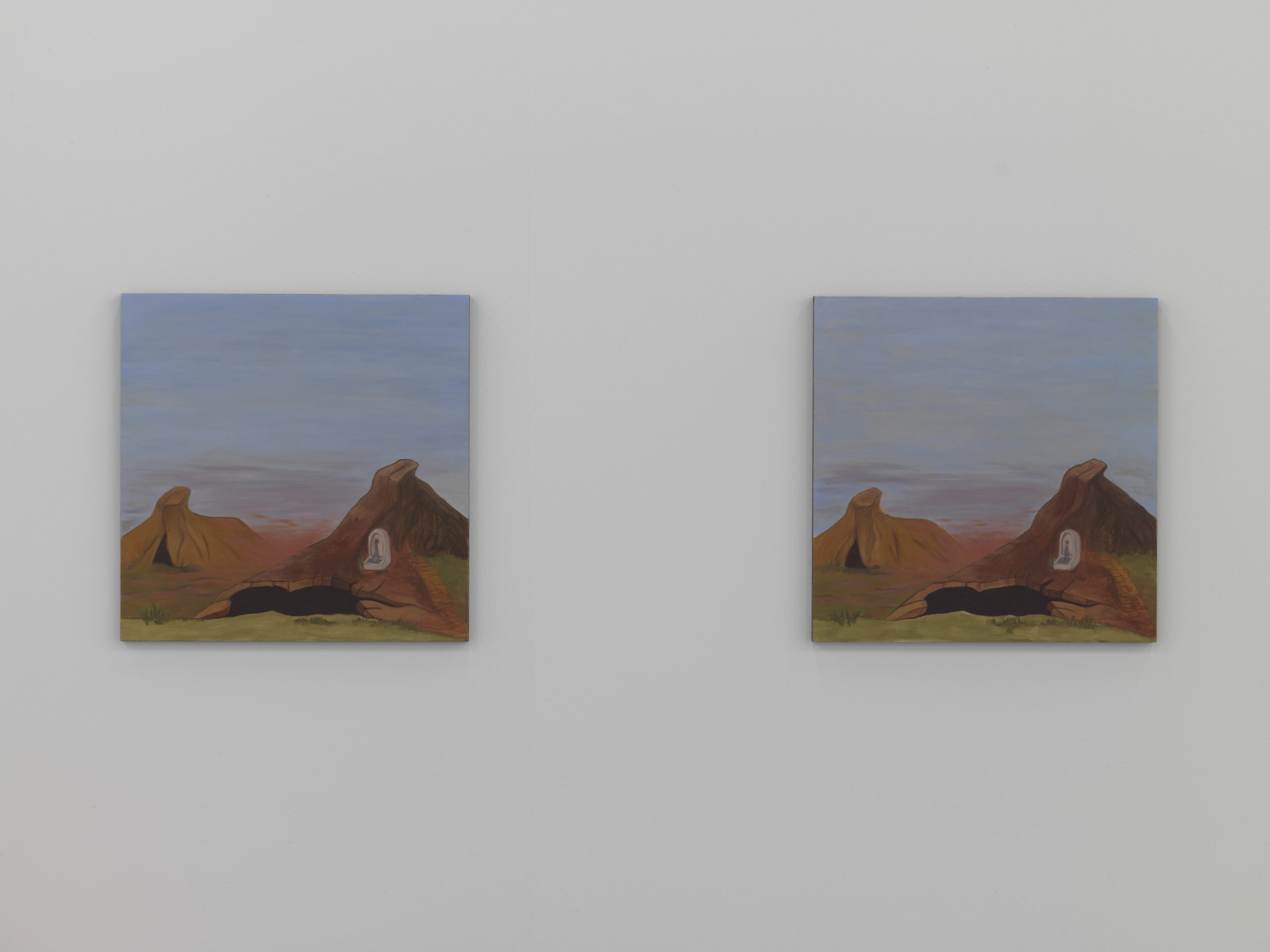
Case_L, installation view, Kunsthalle Friart, Fribourg. Photo by Stathis Mamalakis ©Georgia Sagri

Case_L, installation view, Kunsthalle Friart, Fribourg. Photo by Stathis Mamalakis ©Georgia Sagri
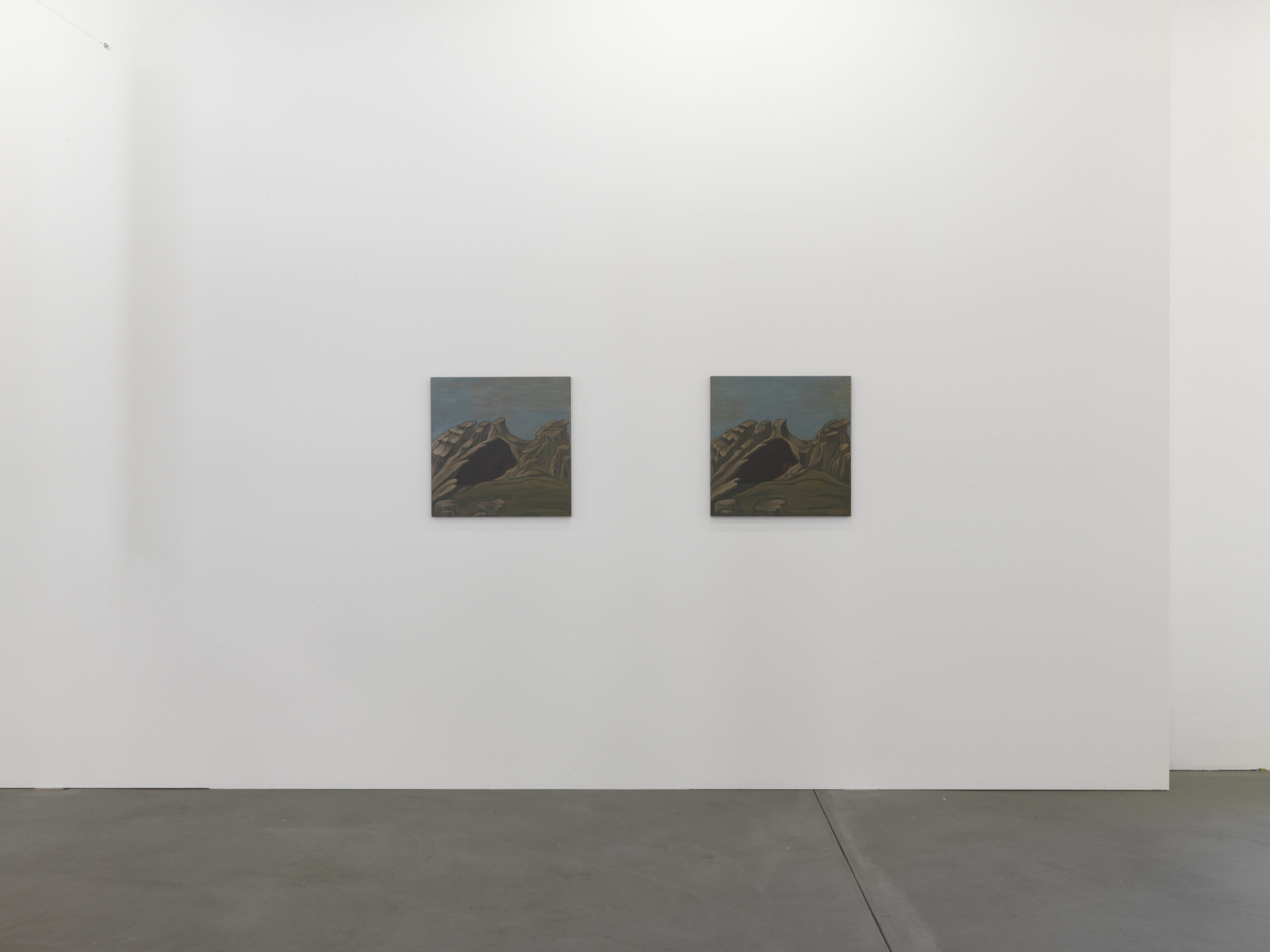
Case_L, installation view, Kunsthalle Friart, Fribourg. Photo by Stathis Mamalakis ©Georgia Sagri
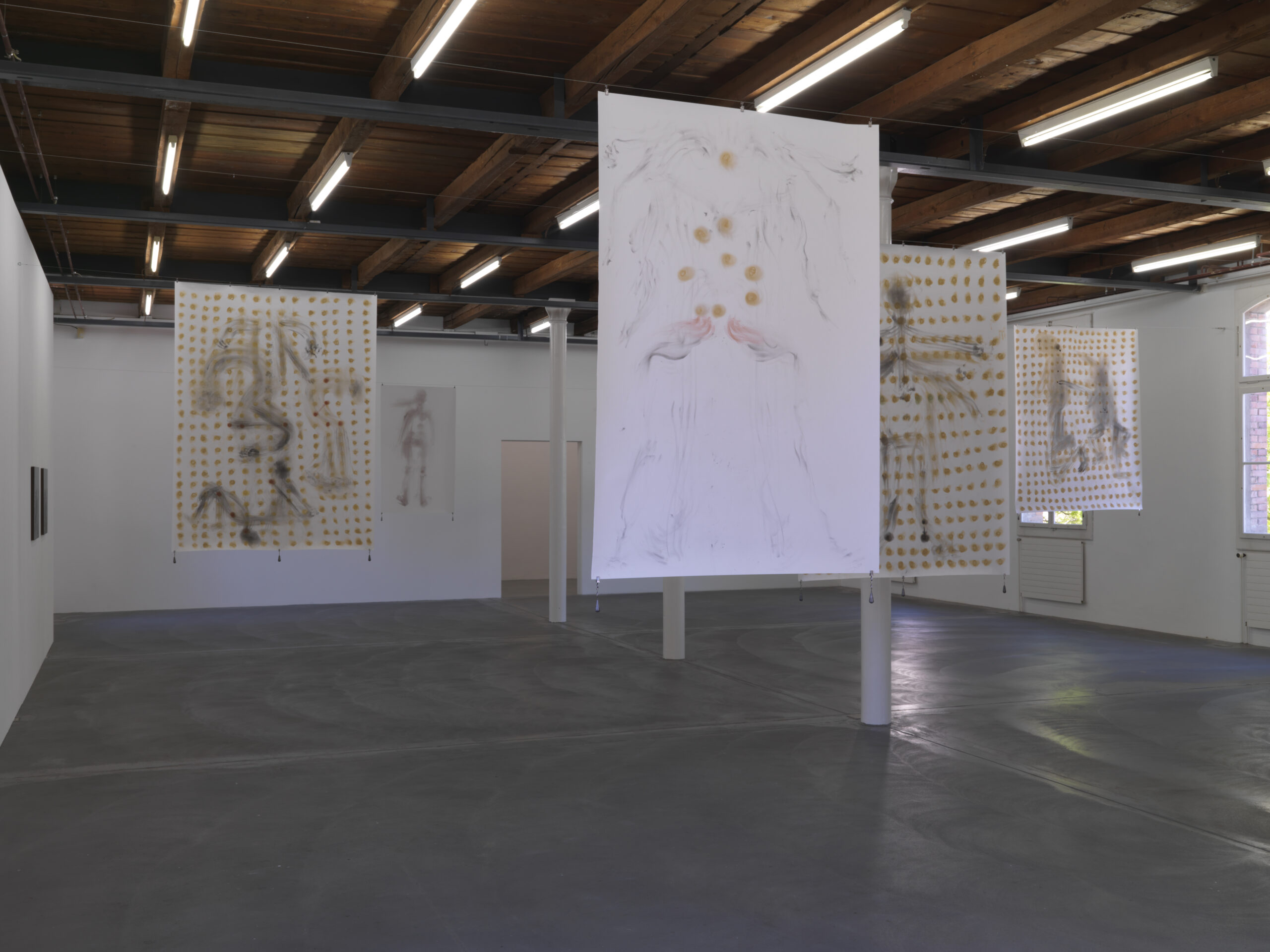
Case_L, installation view, Kunsthalle Friart, Fribourg. Photo by Stathis Mamalakis ©Georgia Sagri
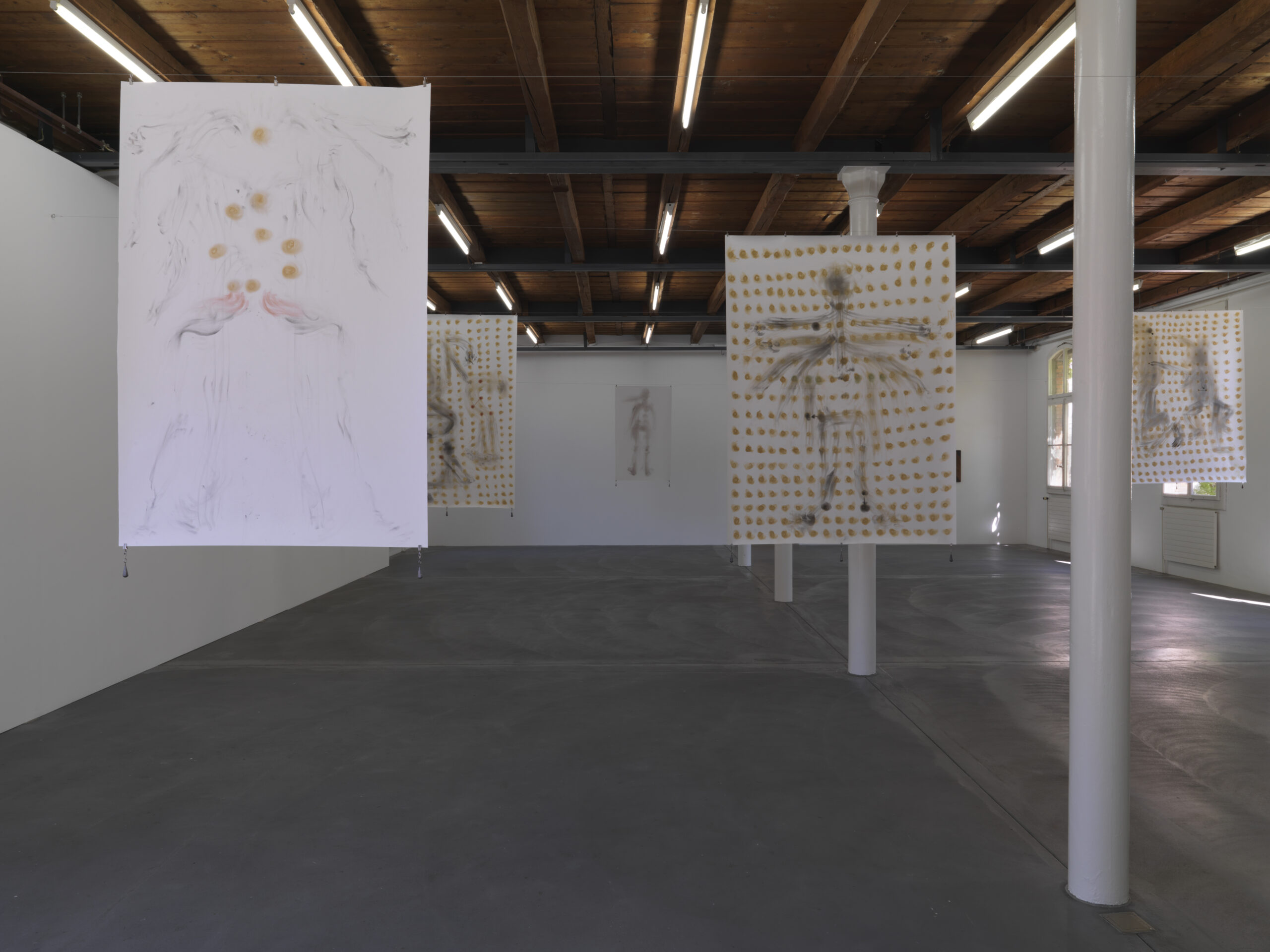
Case_L, installation view, Kunsthalle Friart, Fribourg. Photo by Stathis Mamalakis ©Georgia Sagri
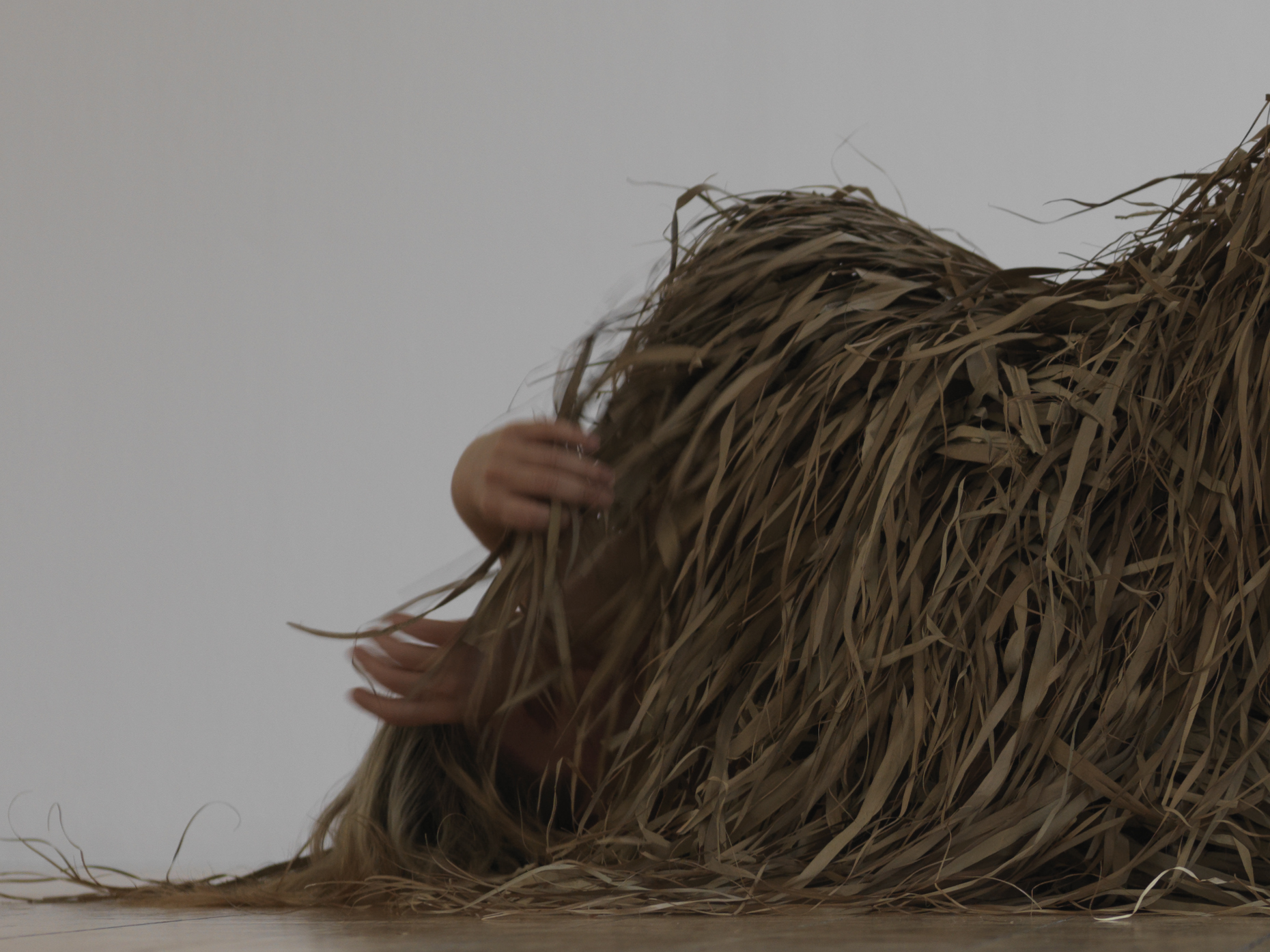
Shelter_Refuge, 2022, Performance, Kunsthalle Friart, Fribourg. Photo by Stathis Mamalakis ©Georgia Sagri
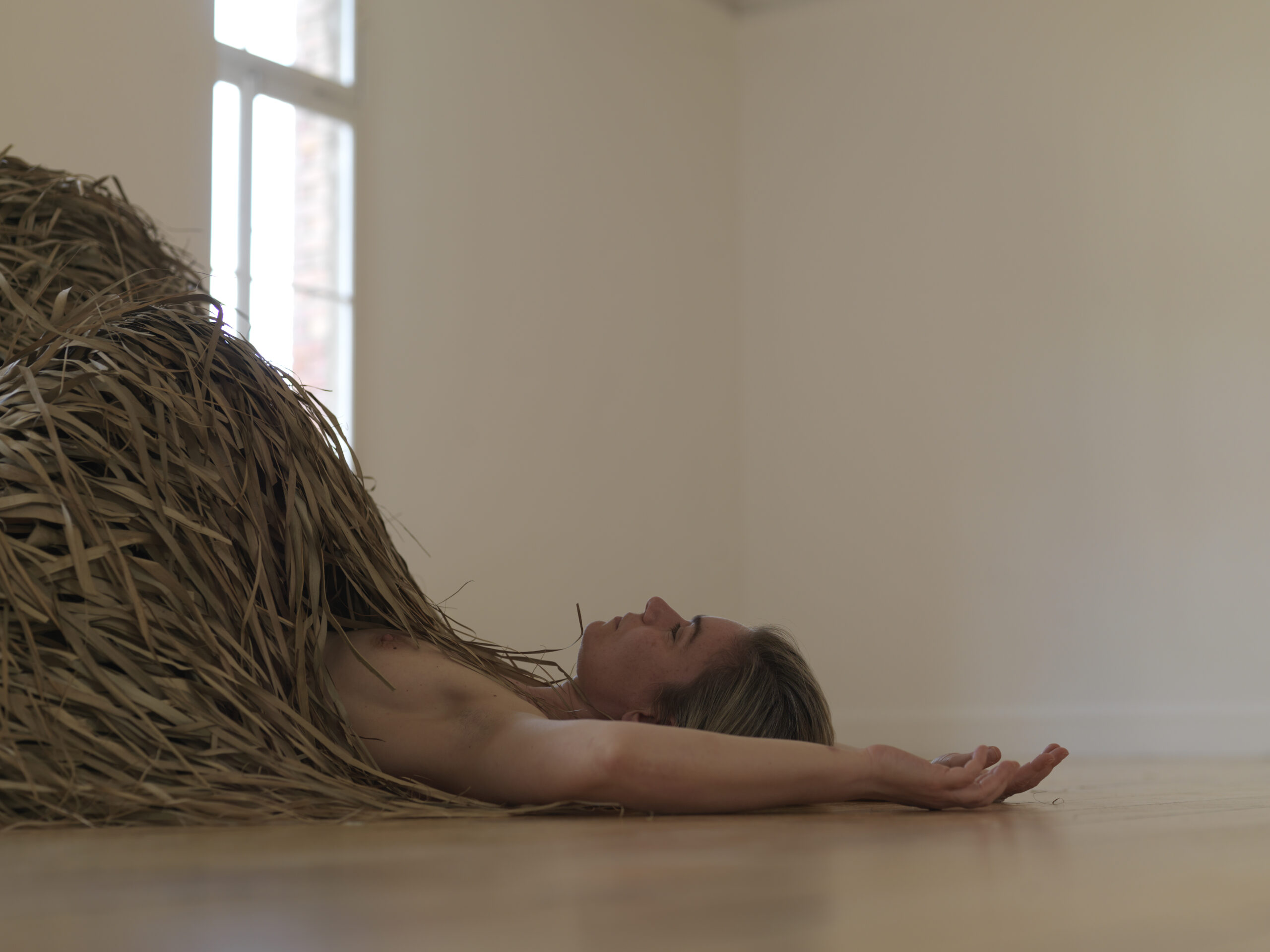
Shelter_Refuge, 2022, Performance, Kunsthalle Friart, Fribourg. Photo by Stathis Mamalakis ©Georgia Sagri
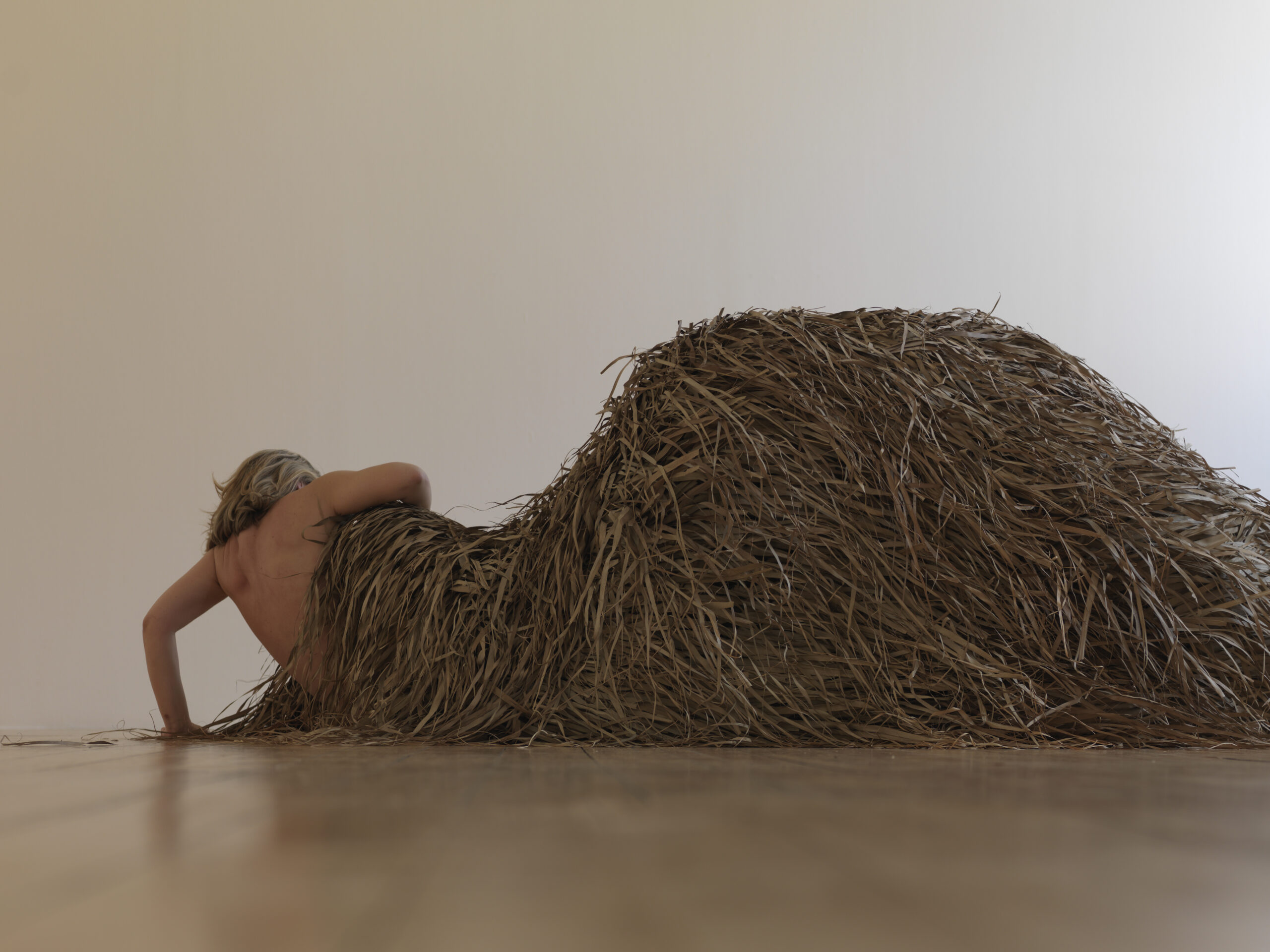
Shelter_Refuge, 2022, Performance, Kunsthalle Friart, Fribourg. Photo by Stathis Mamalakis ©Georgia Sagri
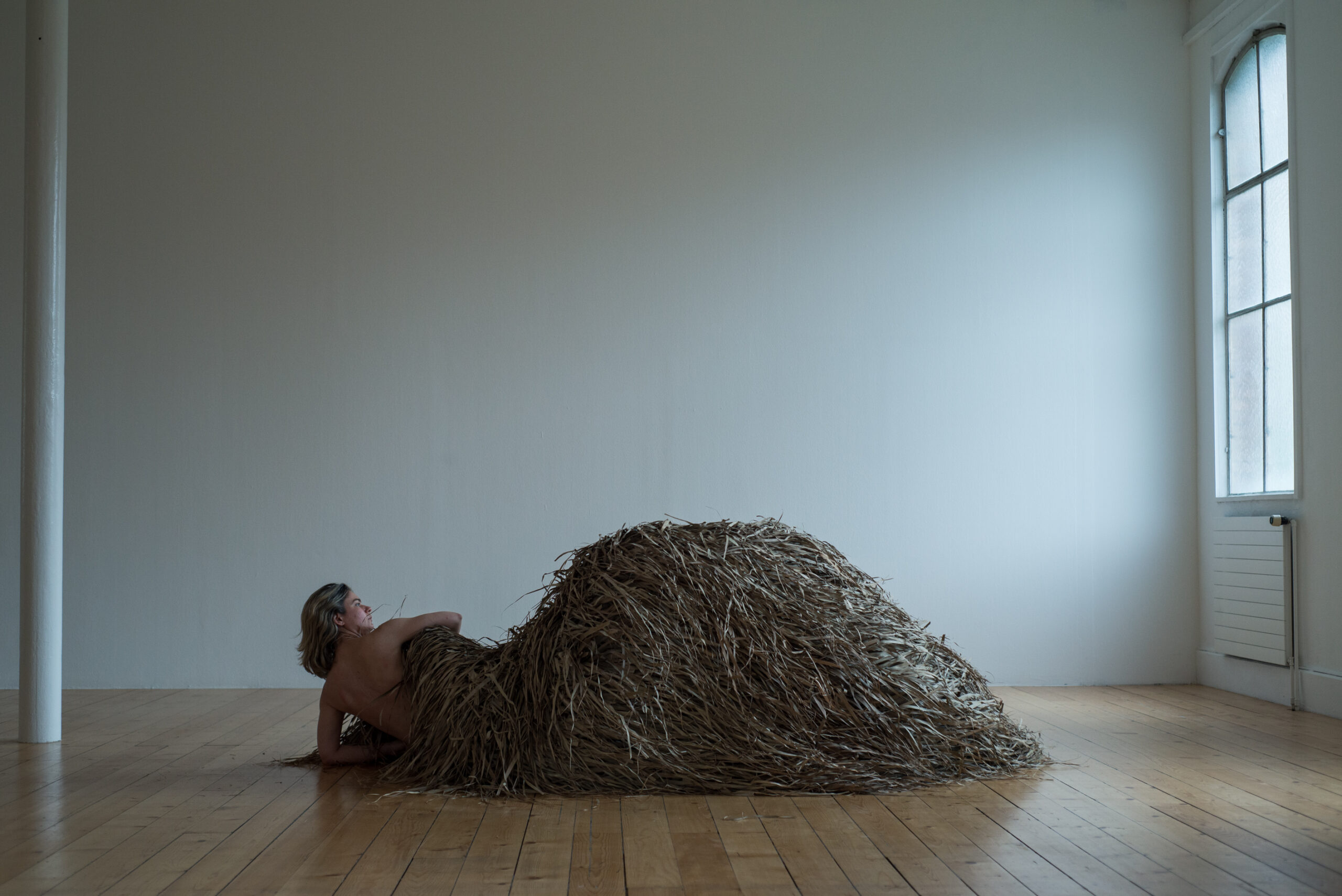
Shelter_Refuge, 2022, Performance, Kunsthalle Friart, Fribourg. Photo by Stathis Mamalakis ©Georgia Sagri
Case_L Conversations
at Kunsthalle Friart Fribourg, Switzerland (11/6-31/7/22)
Case_L, the deployment, in the form of an exhibition, of artist Georgia’s Sagri practice of self-recovery and her ongoing research on the physiological and pathological conditions of the body in a hyper-capitalist society.
Parallel program:
Conversation with Georgia Sagri, Mai-Thu Perret and Bea Schlingelhoff
Conversation with the Georgia Sagri, the curator Nicolas Brulhart and guest
↓
Choreographic Devices
at The Institute of Contemporary Arts, London (10-12/6/22)

Georgia Sagri, Choreographic Devices at ICA (2022)
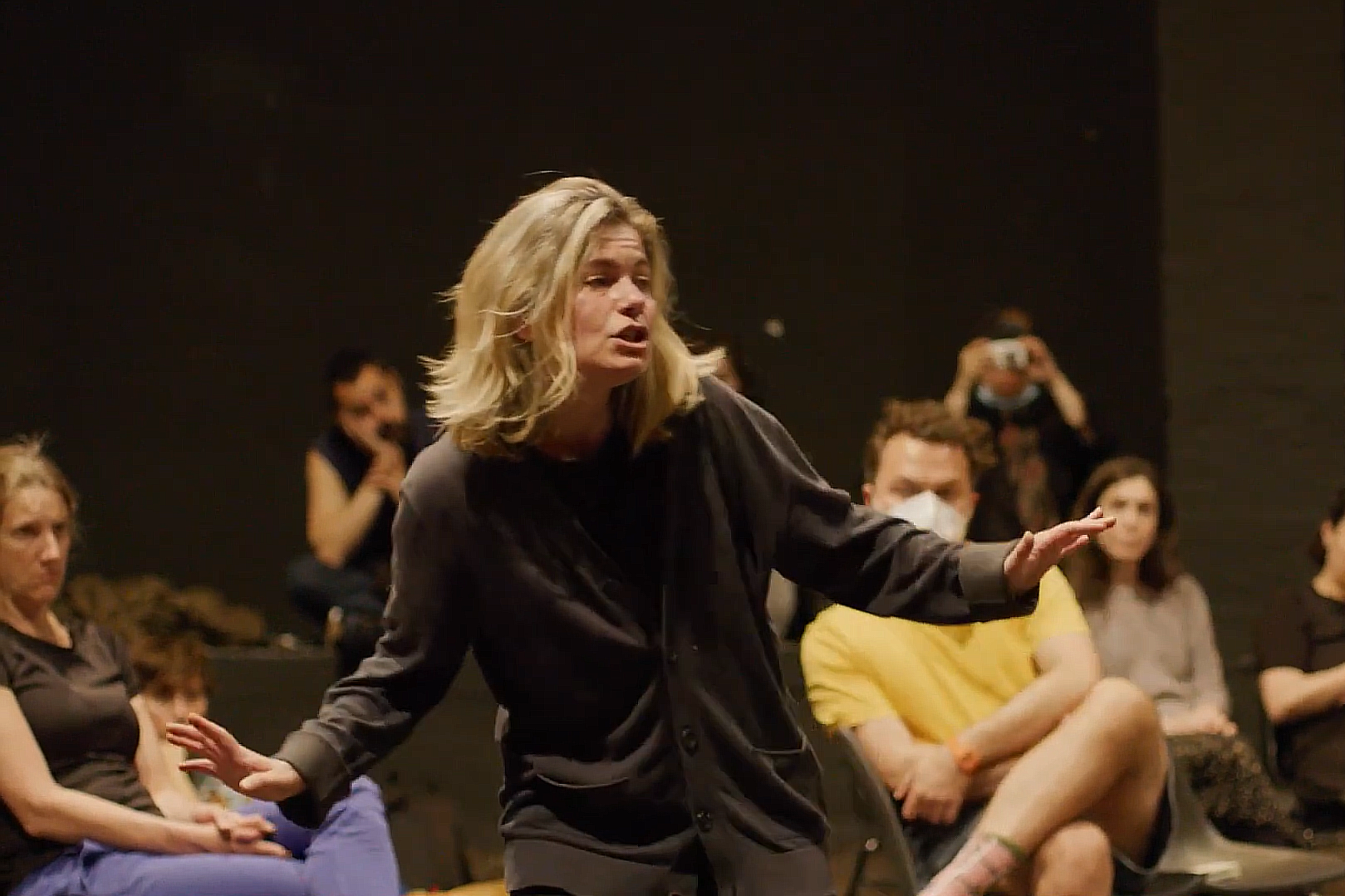
Georgia Sagri, Choreographic Devices at ICA (2022)

Georgia Sagri, Choreographic Devices at ICA (2022)
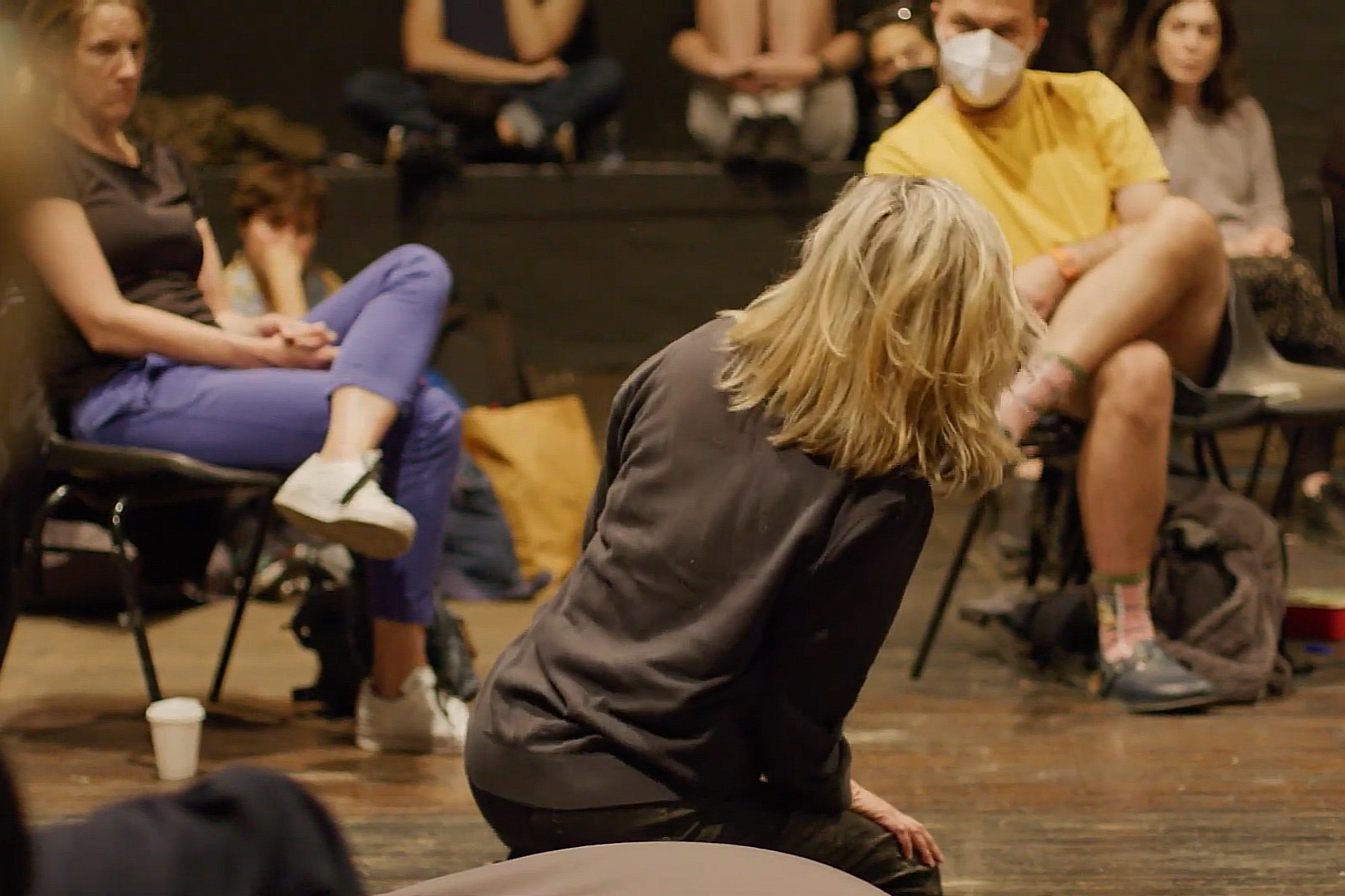
Georgia Sagri, Choreographic Devices at ICA (2022)
KHMxMMM Artist talks Malmö
at Moderna Museet Malmö (27/4/22)
KHM x MMM is a series of lectures and artist talks created in collaboration between Malmö Art Academy and Moderna Museet Malmö.
KHM x MMM presents a broad programme of internationally active artists, theorists, writers and curators connected to current themes and exhibitions. The programme and the invited speakers are presented continuously. Free admission.
↓
Stage of Recovery at Moderna Museet Malmö
SPINE
at IsdaT, institut supérieur des arts et du design de Toulouse (7-11/2/22)
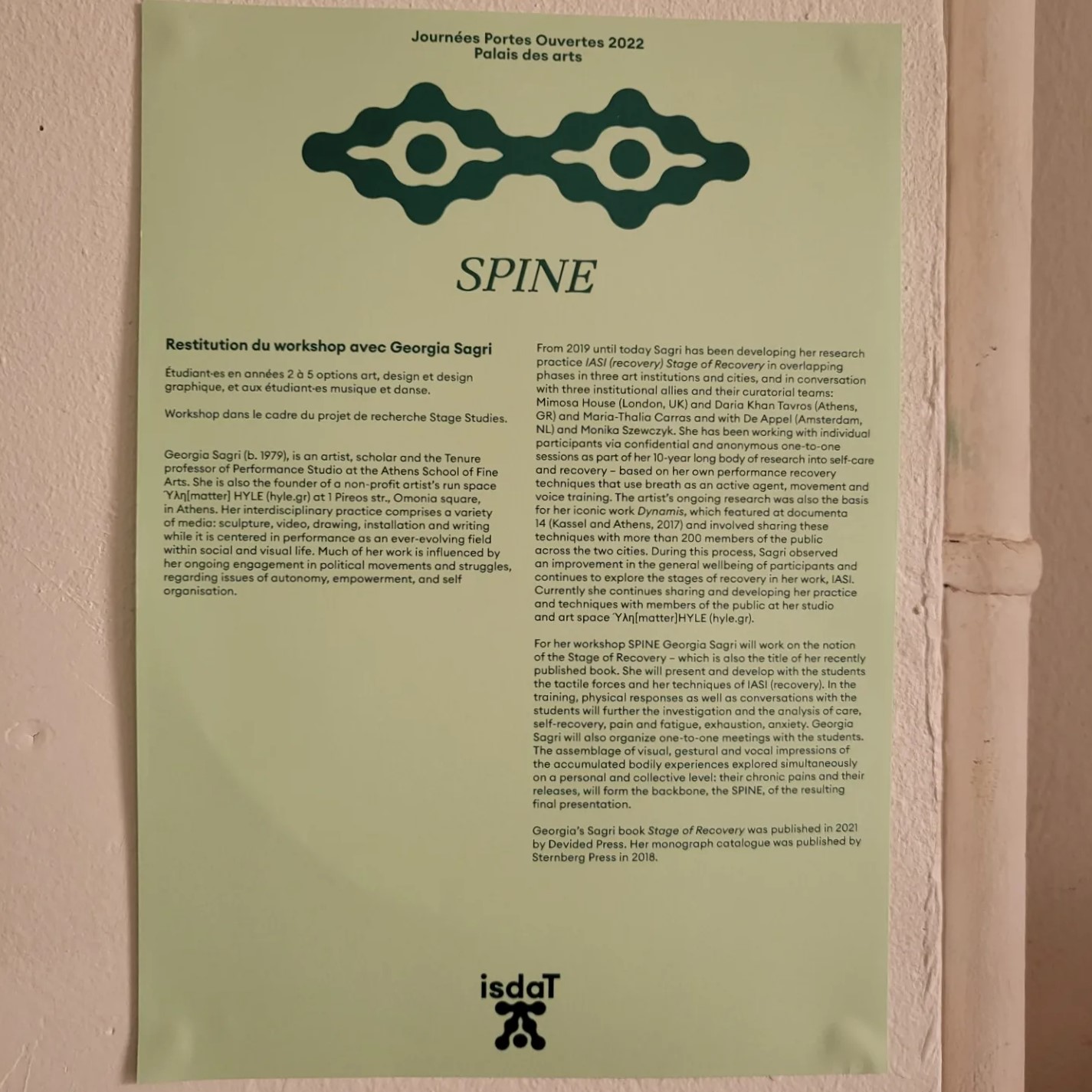
Georgia Sagri, SPINE, four-day workshop, poster, IsdaT, institut supérieur des arts et du design de Toulouse
